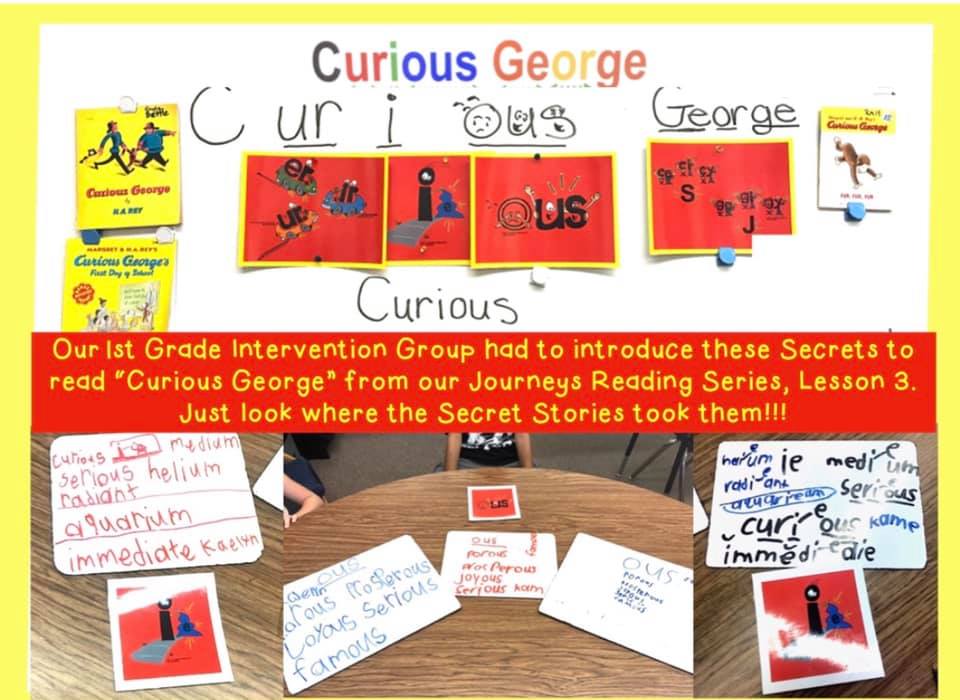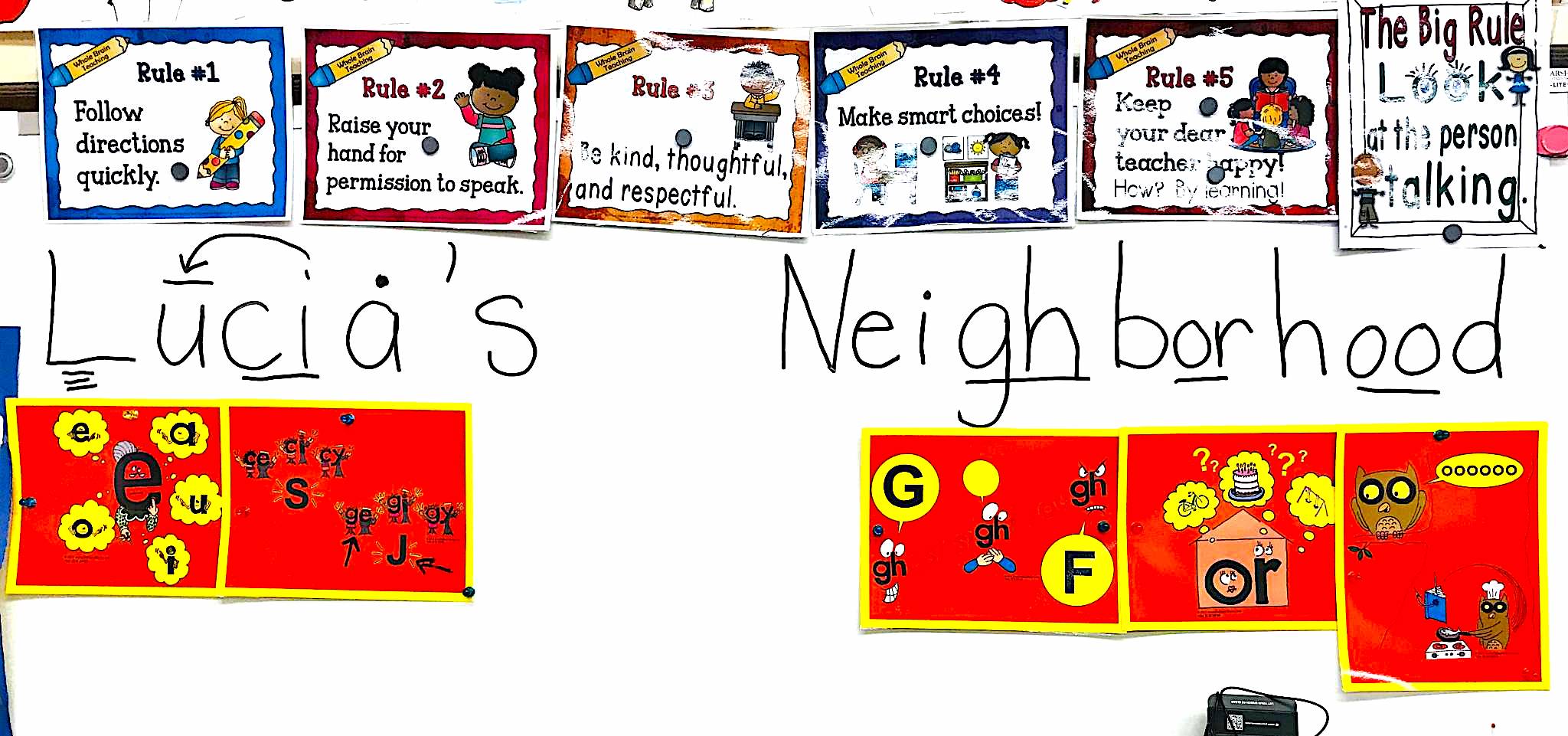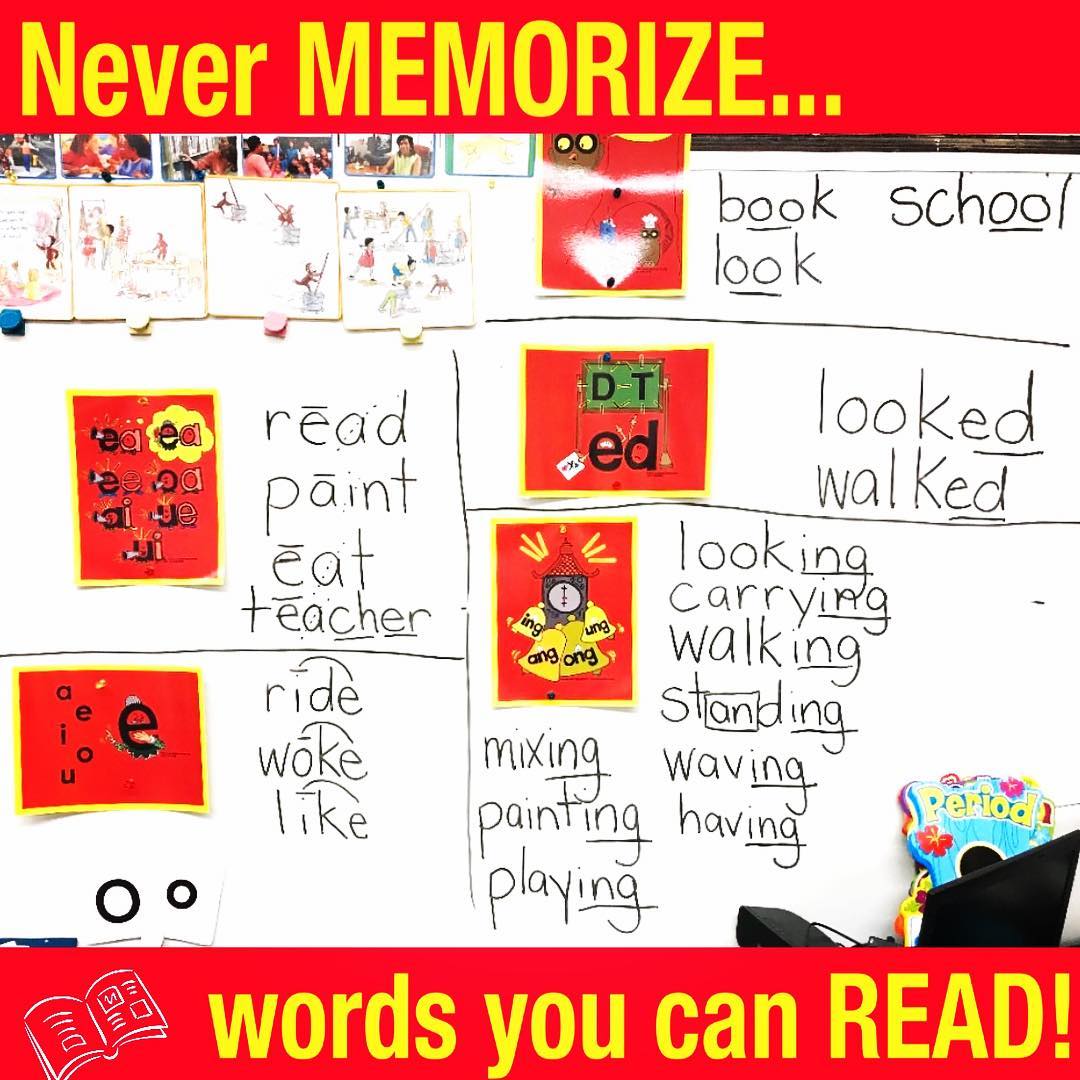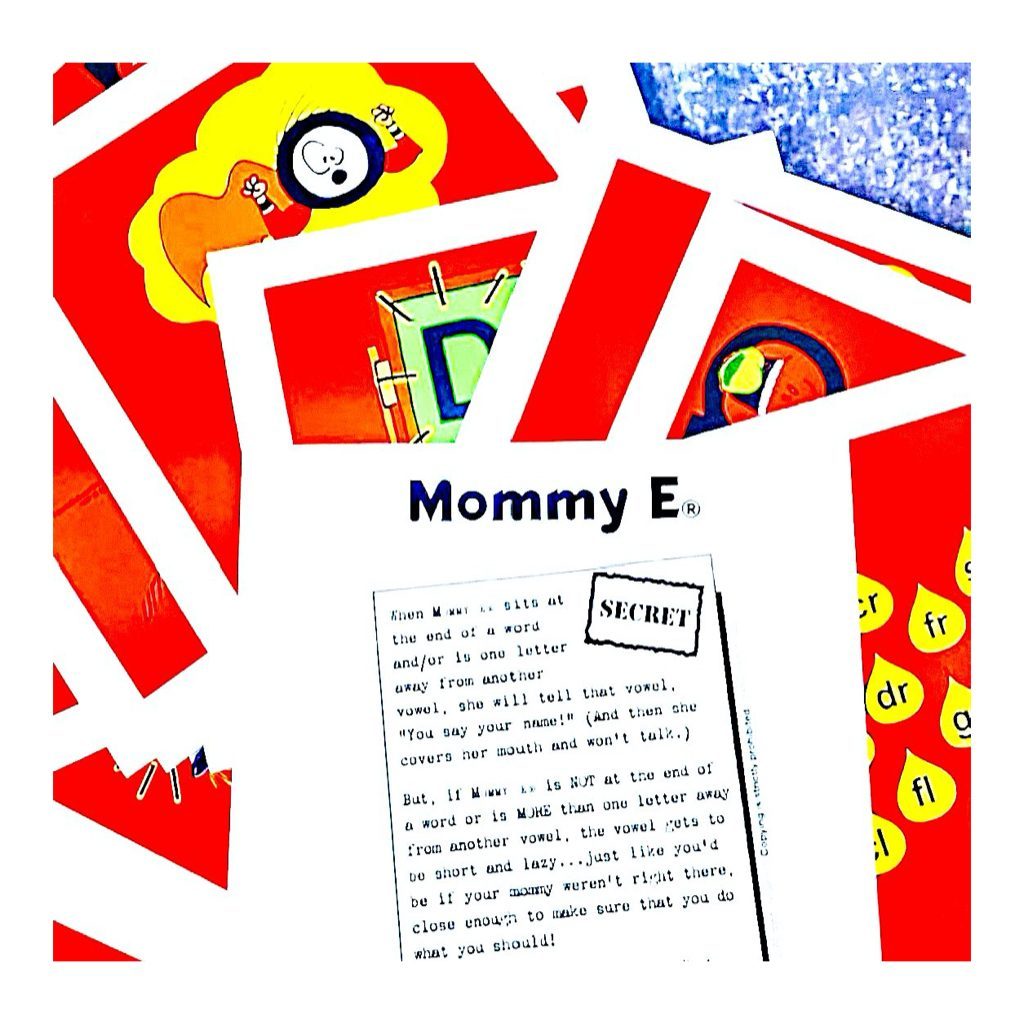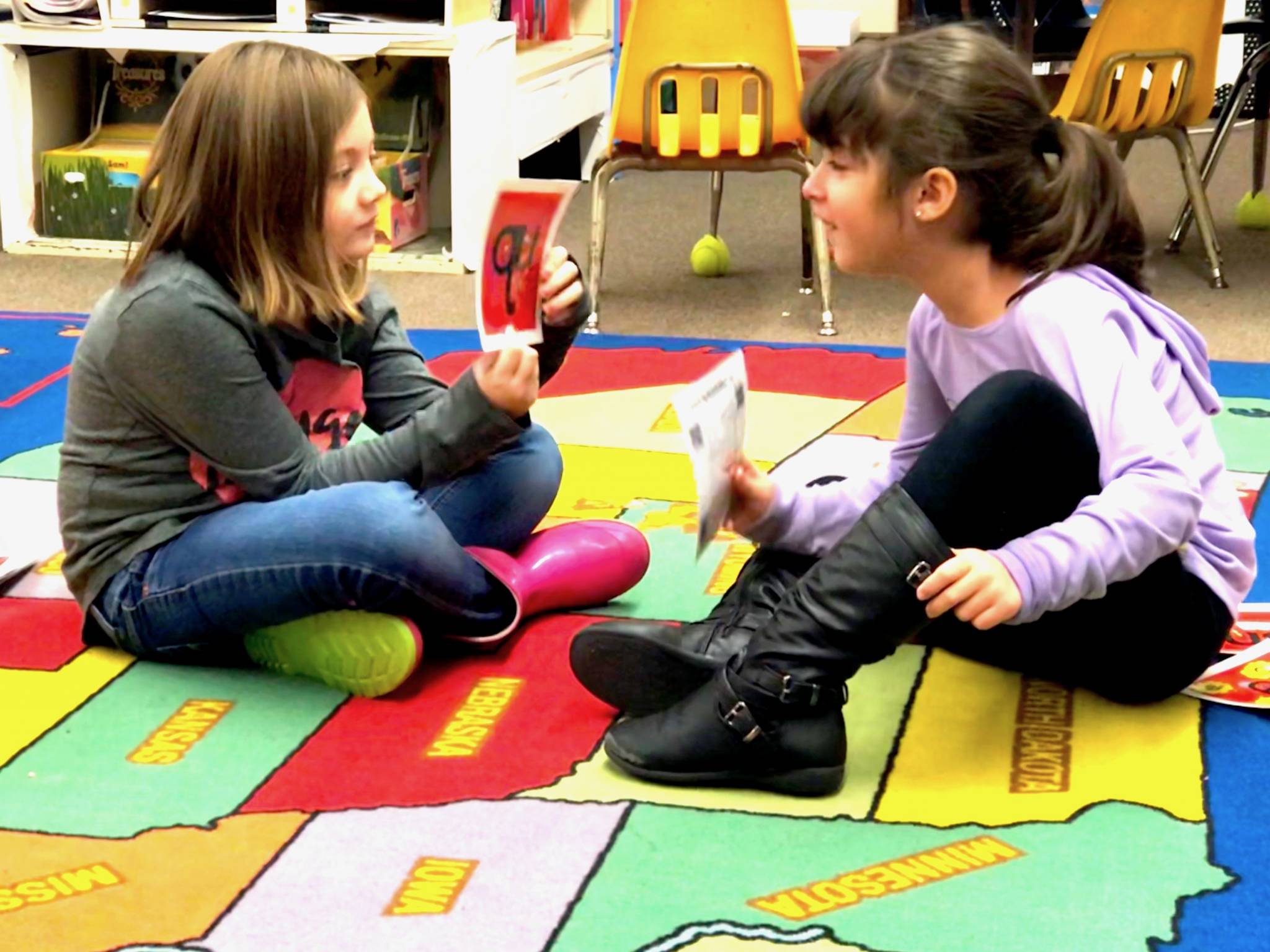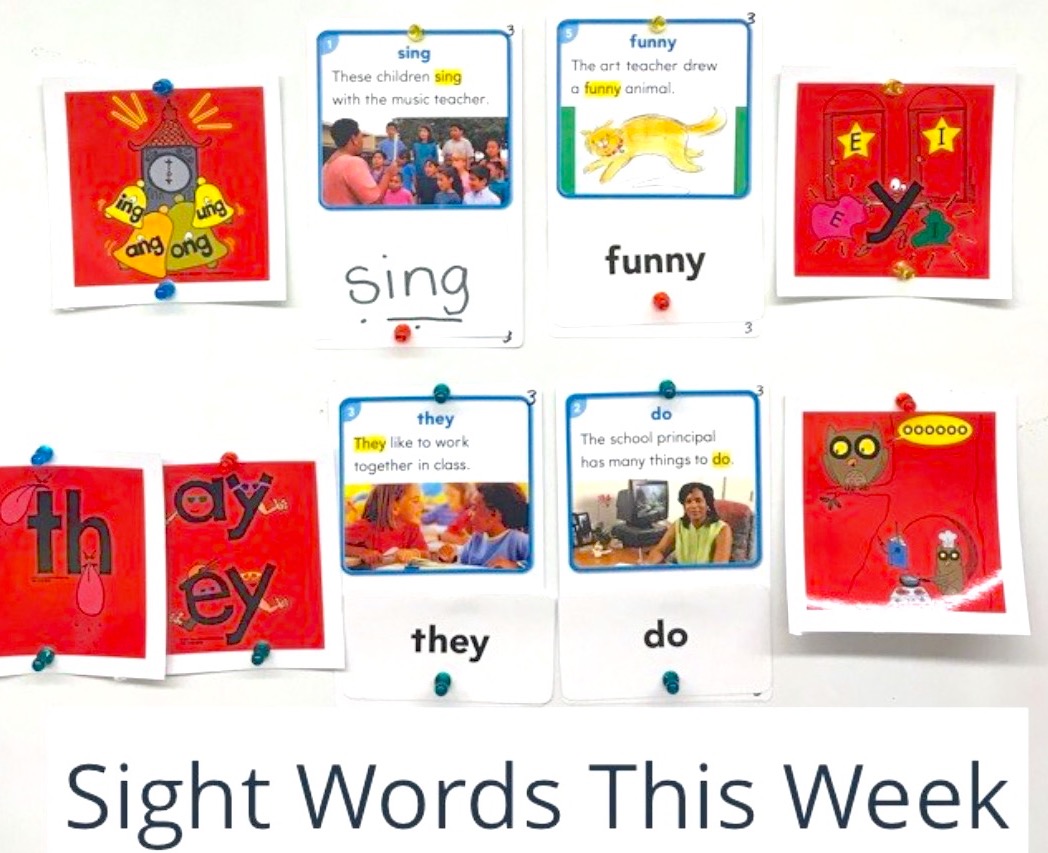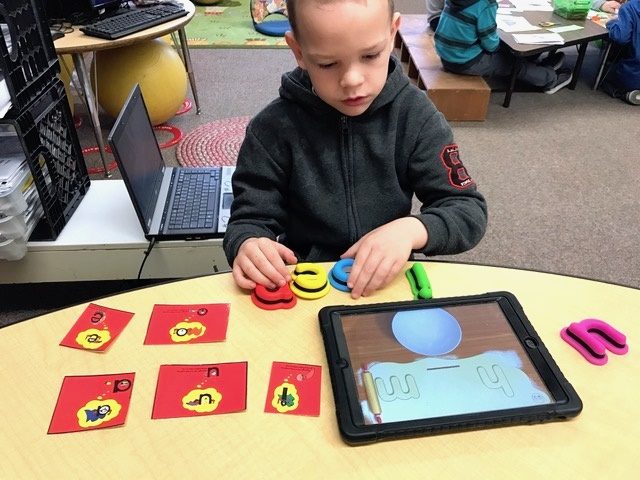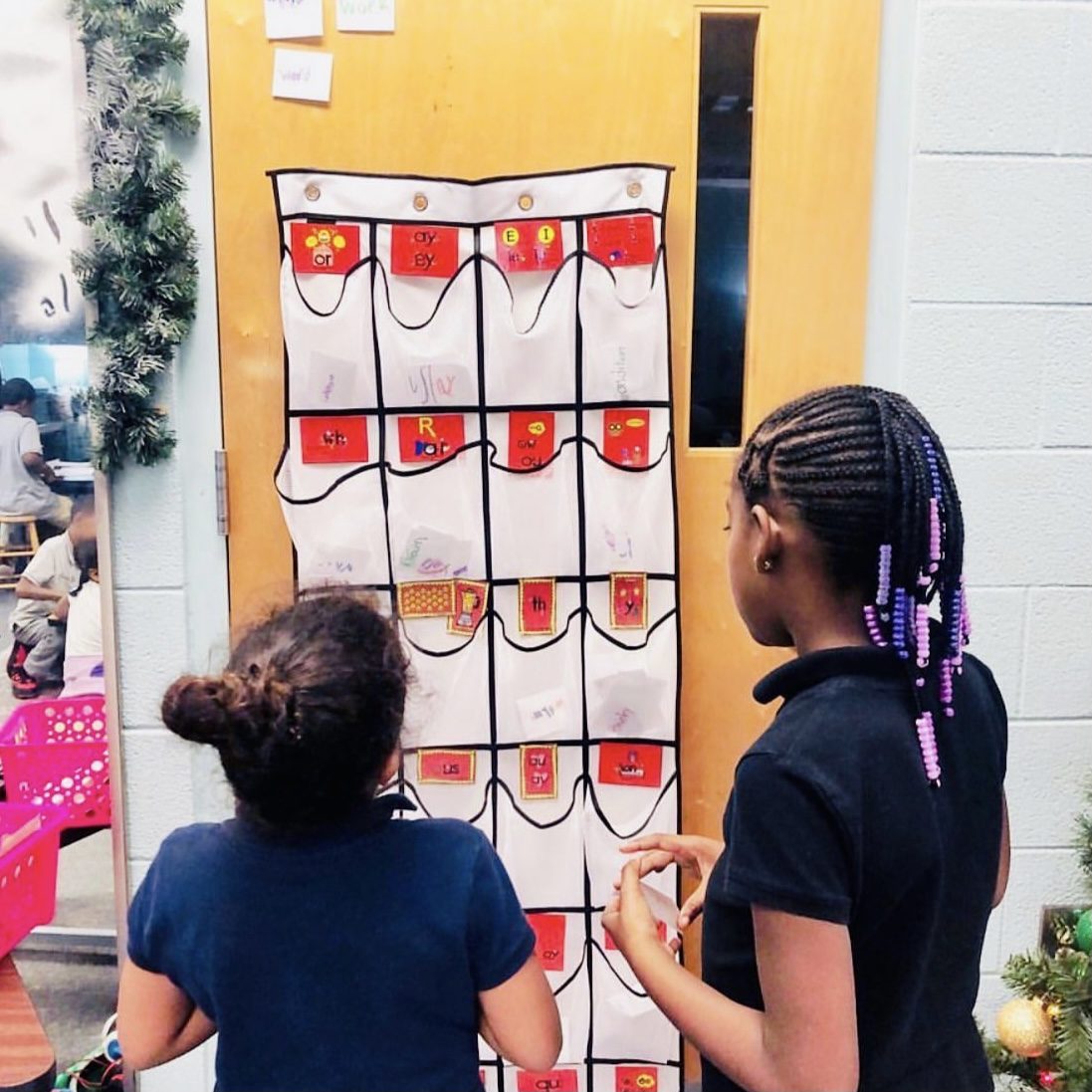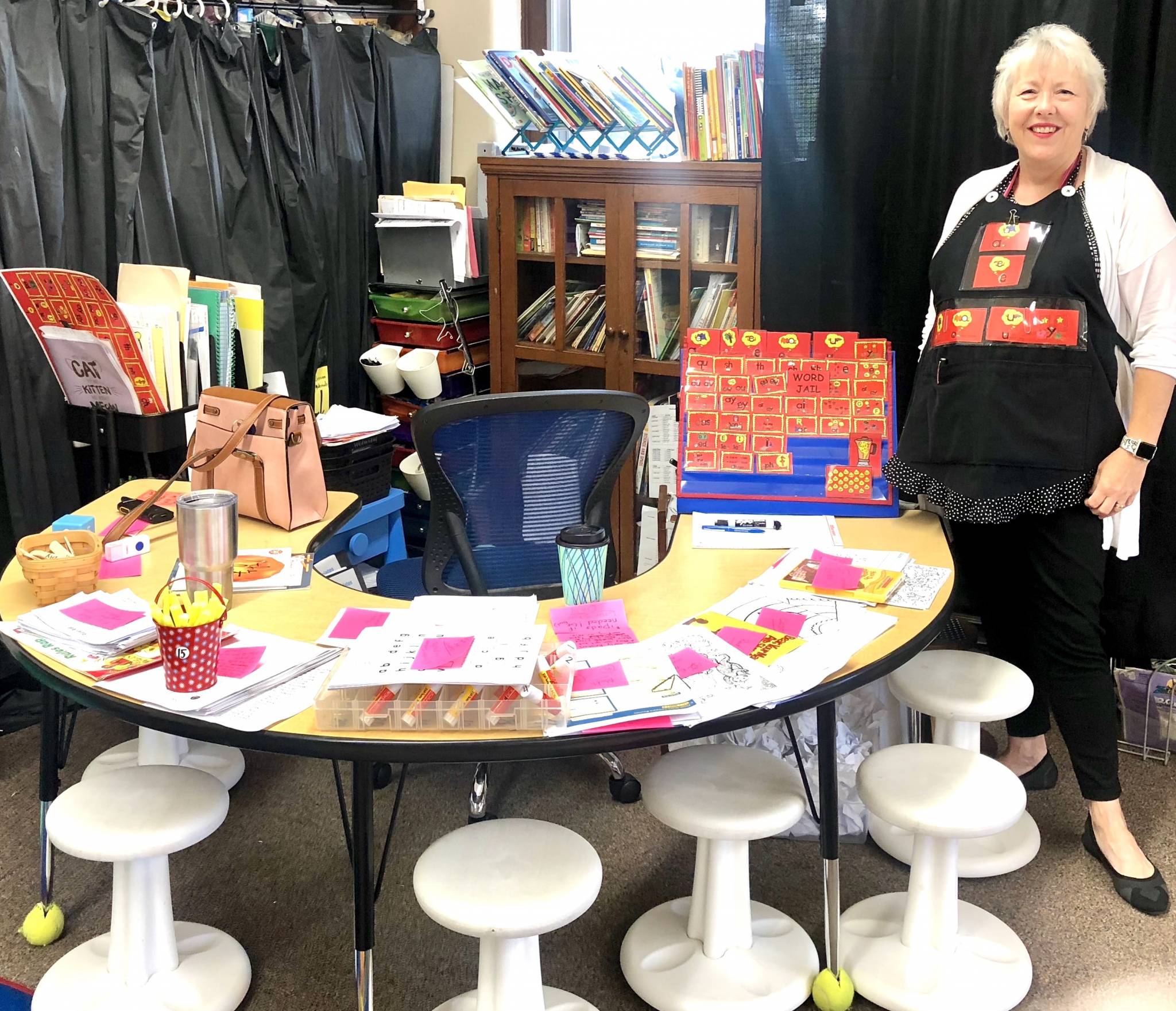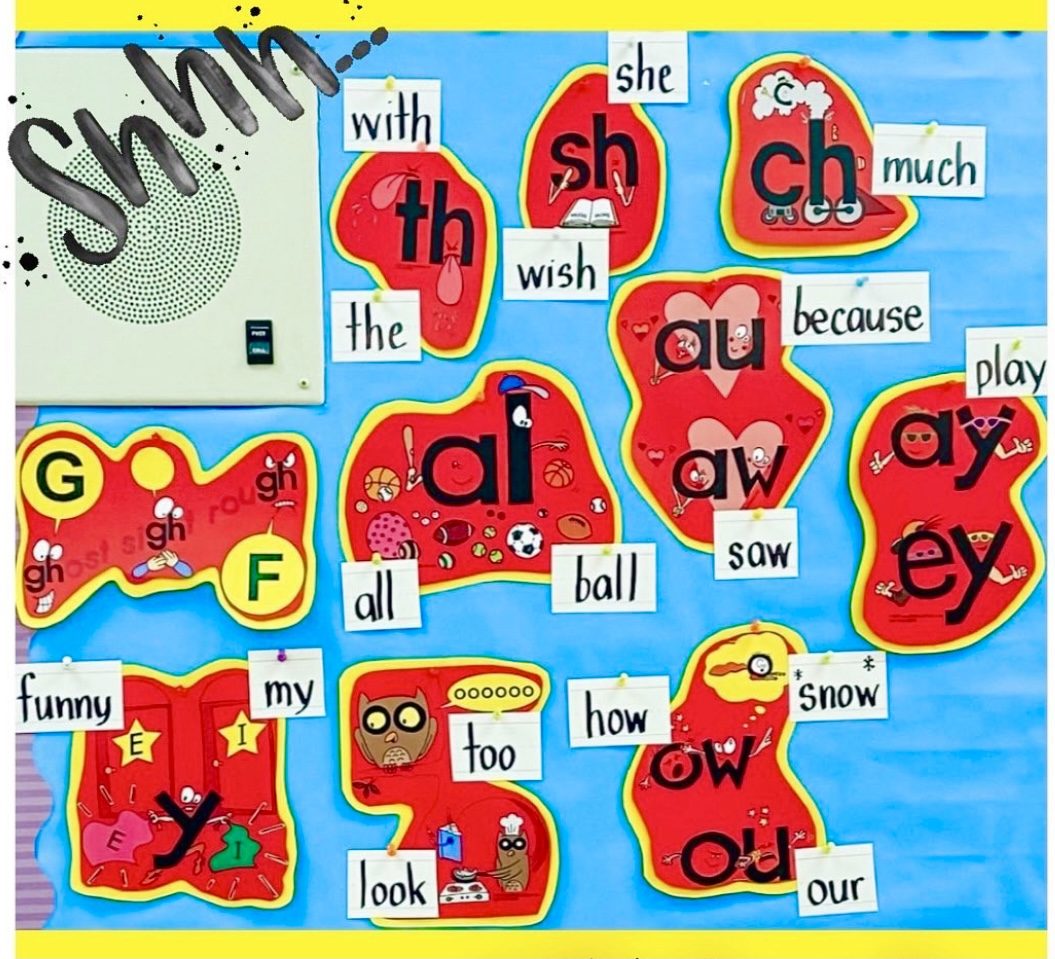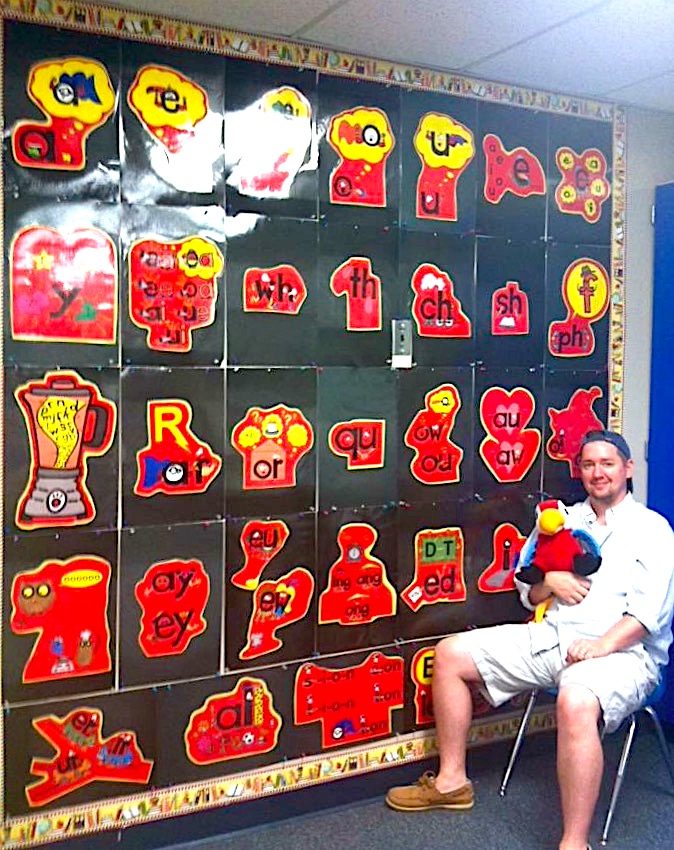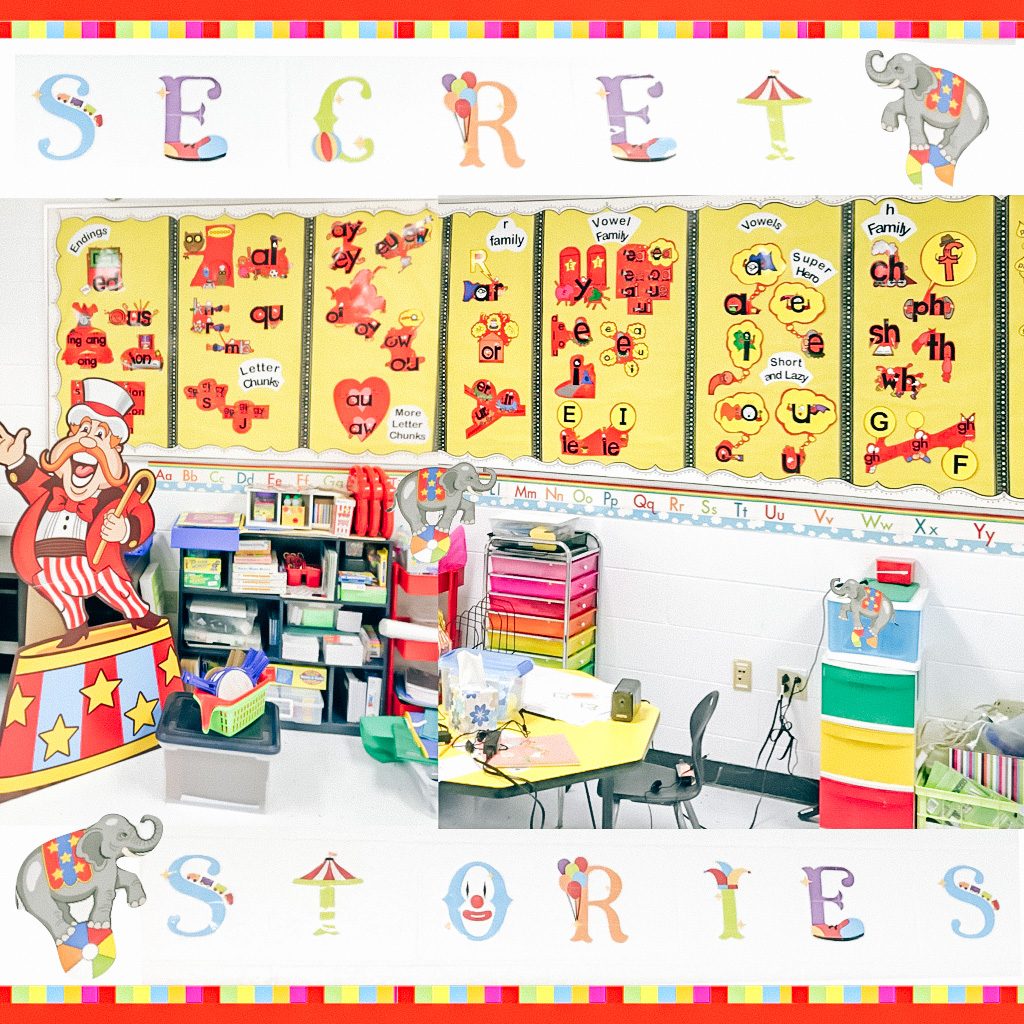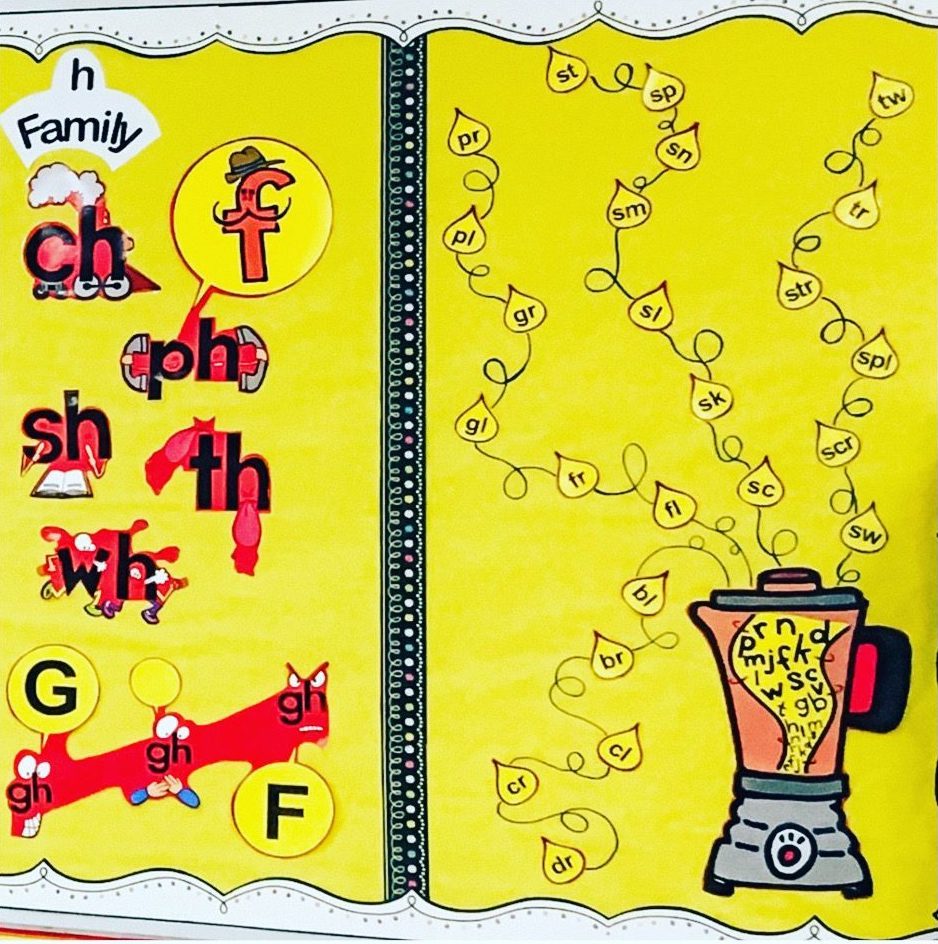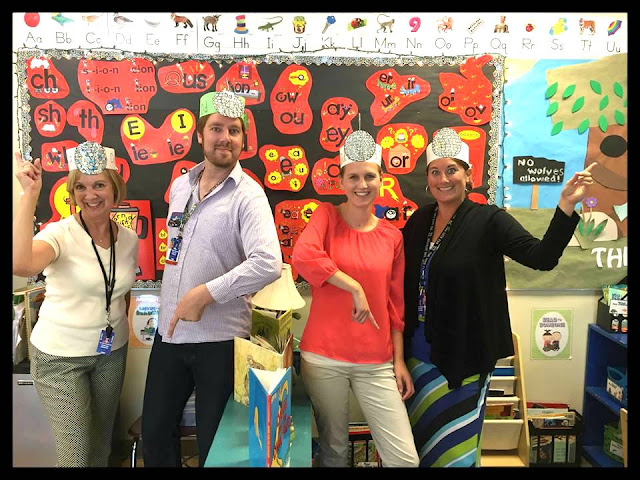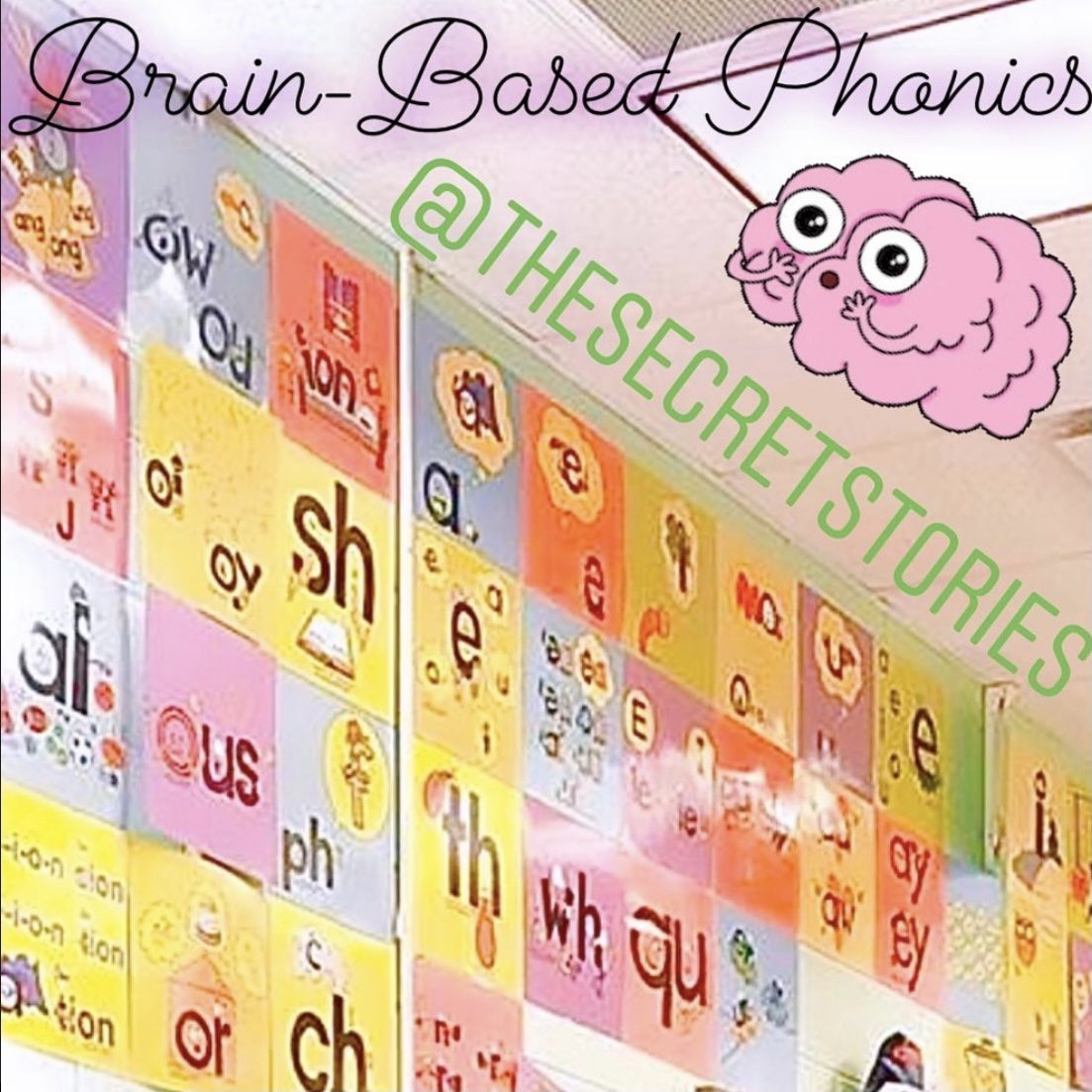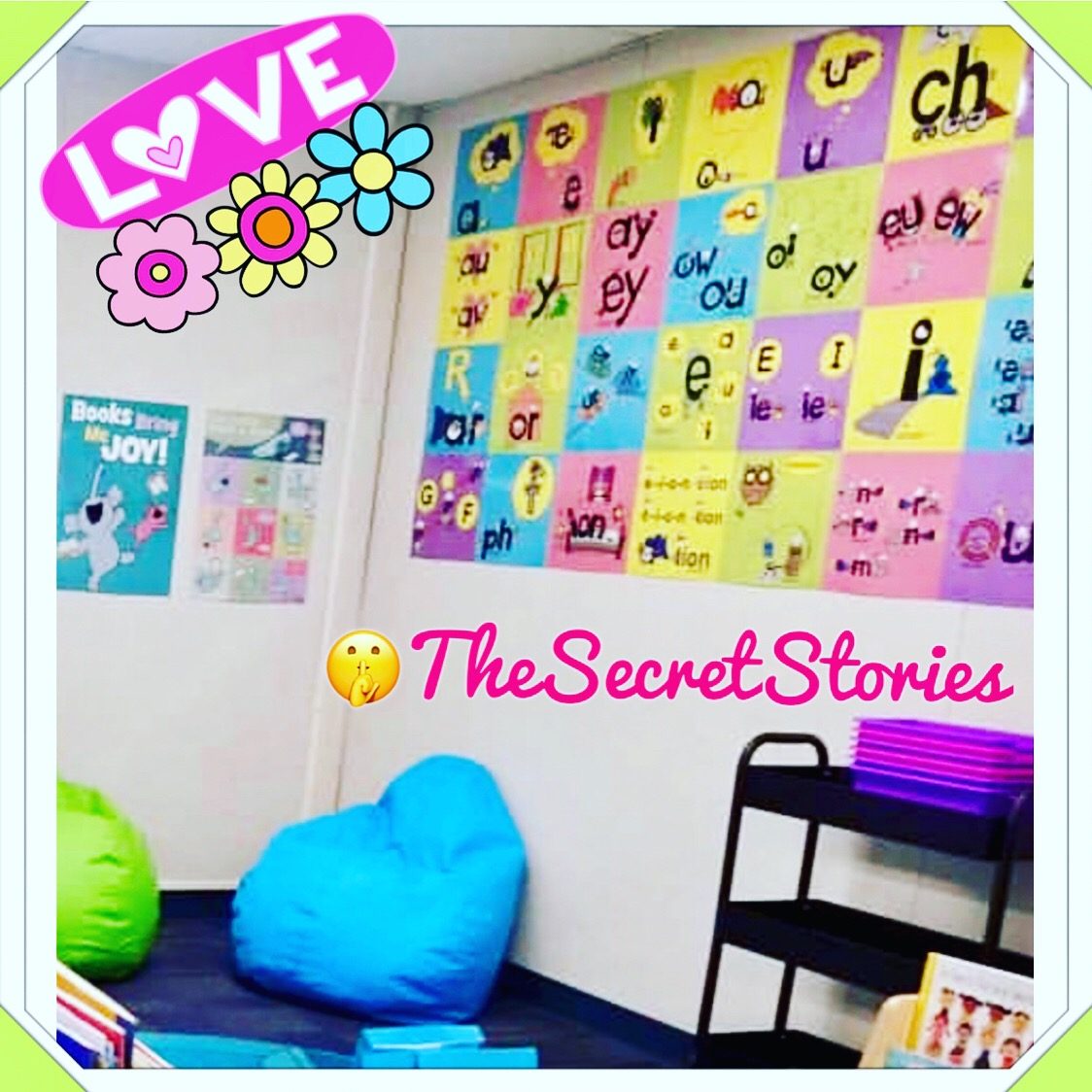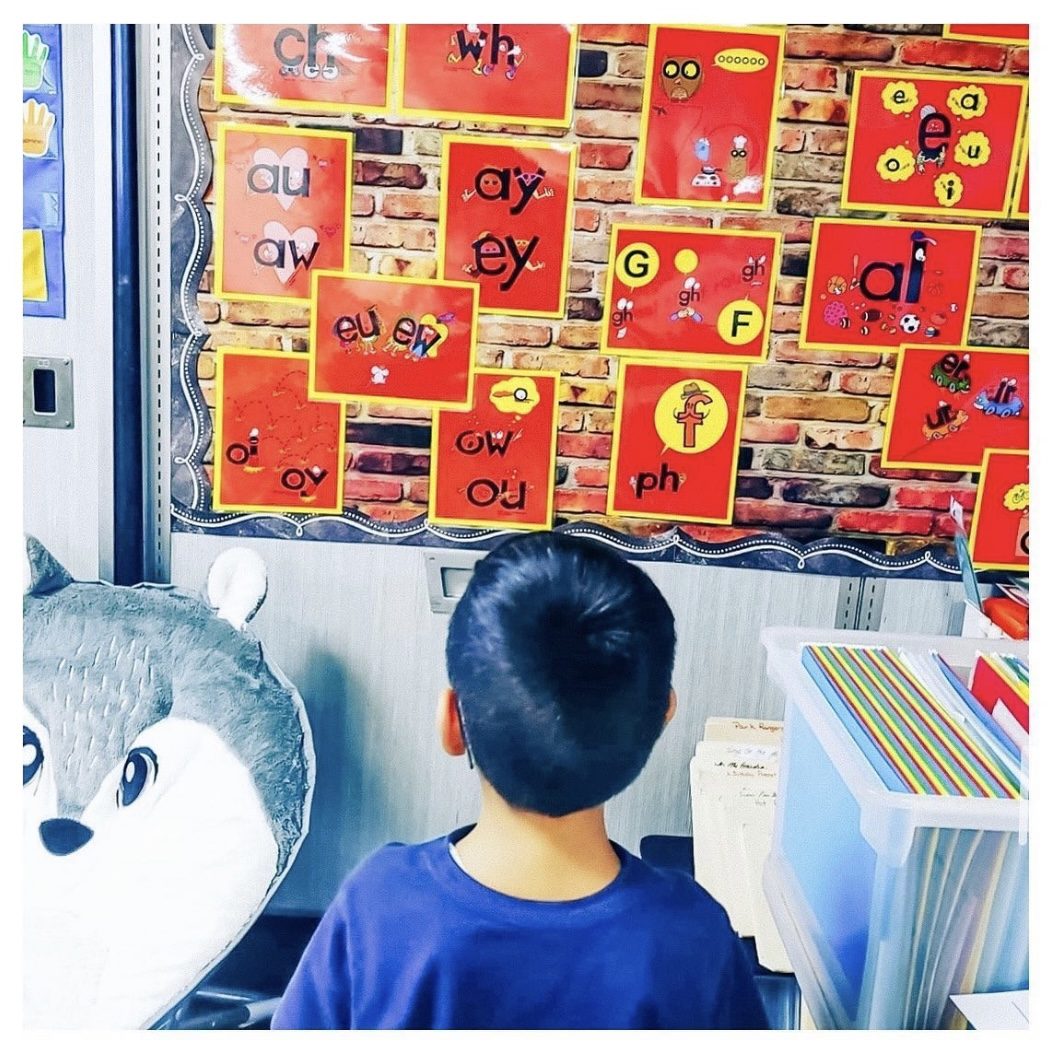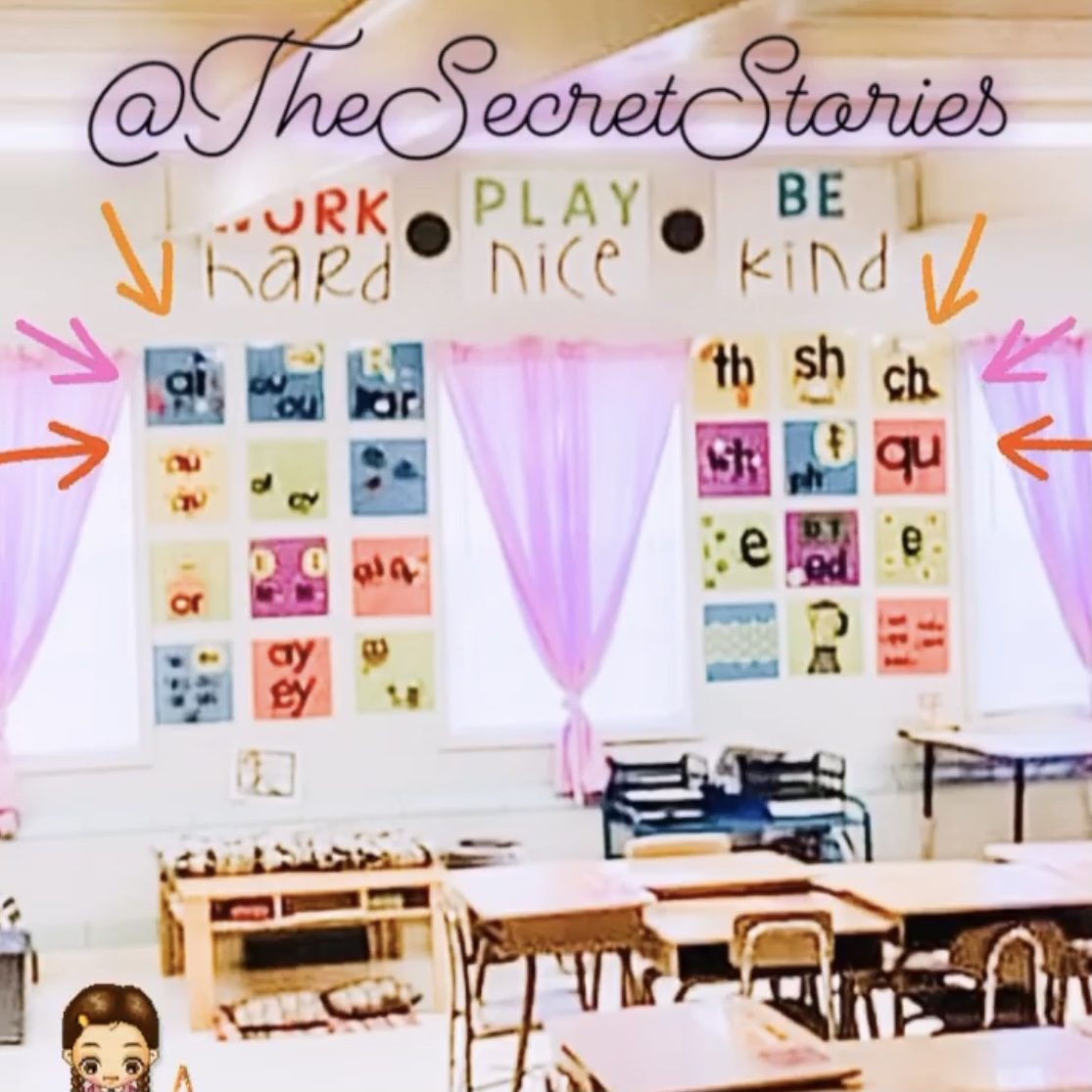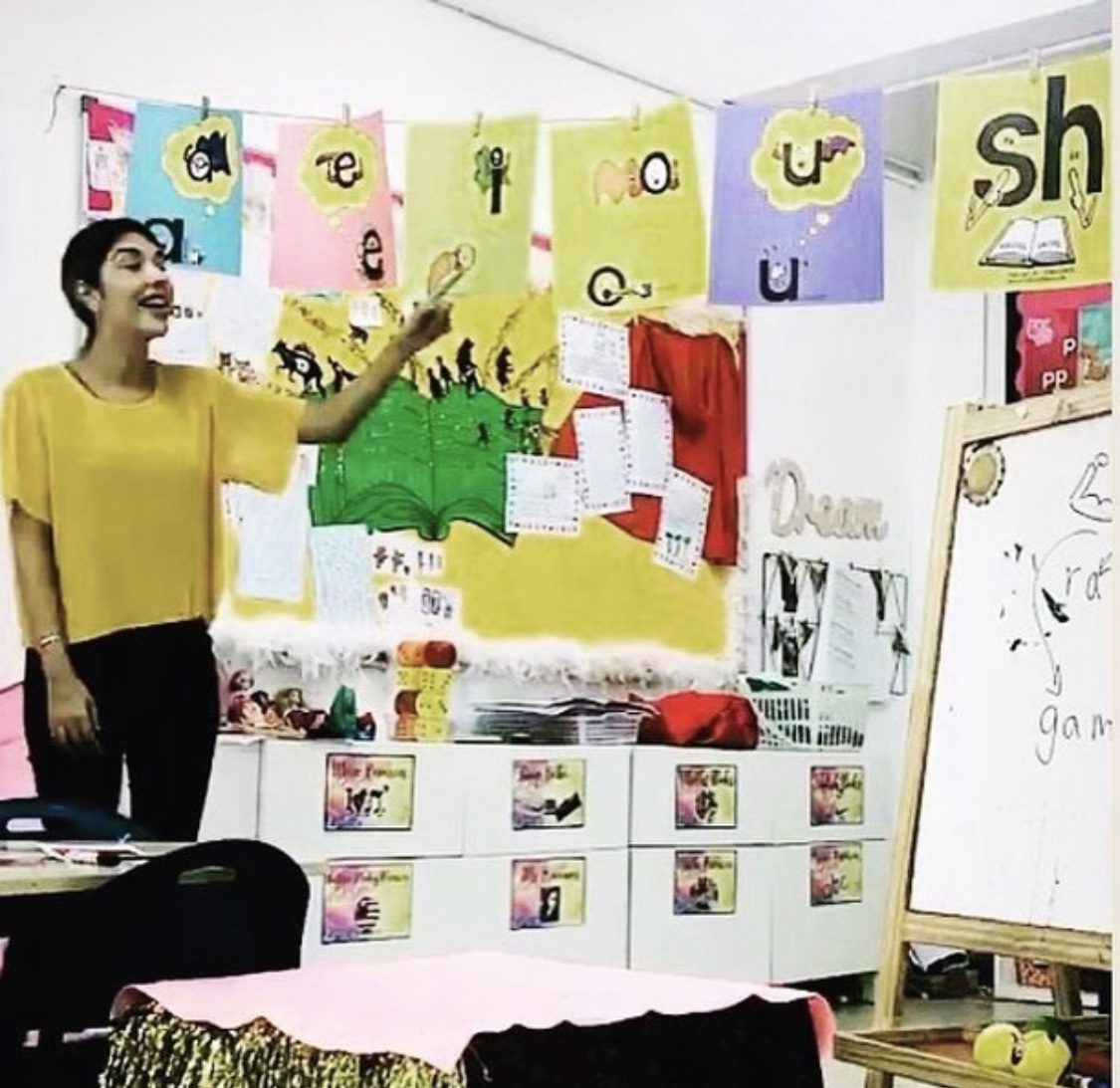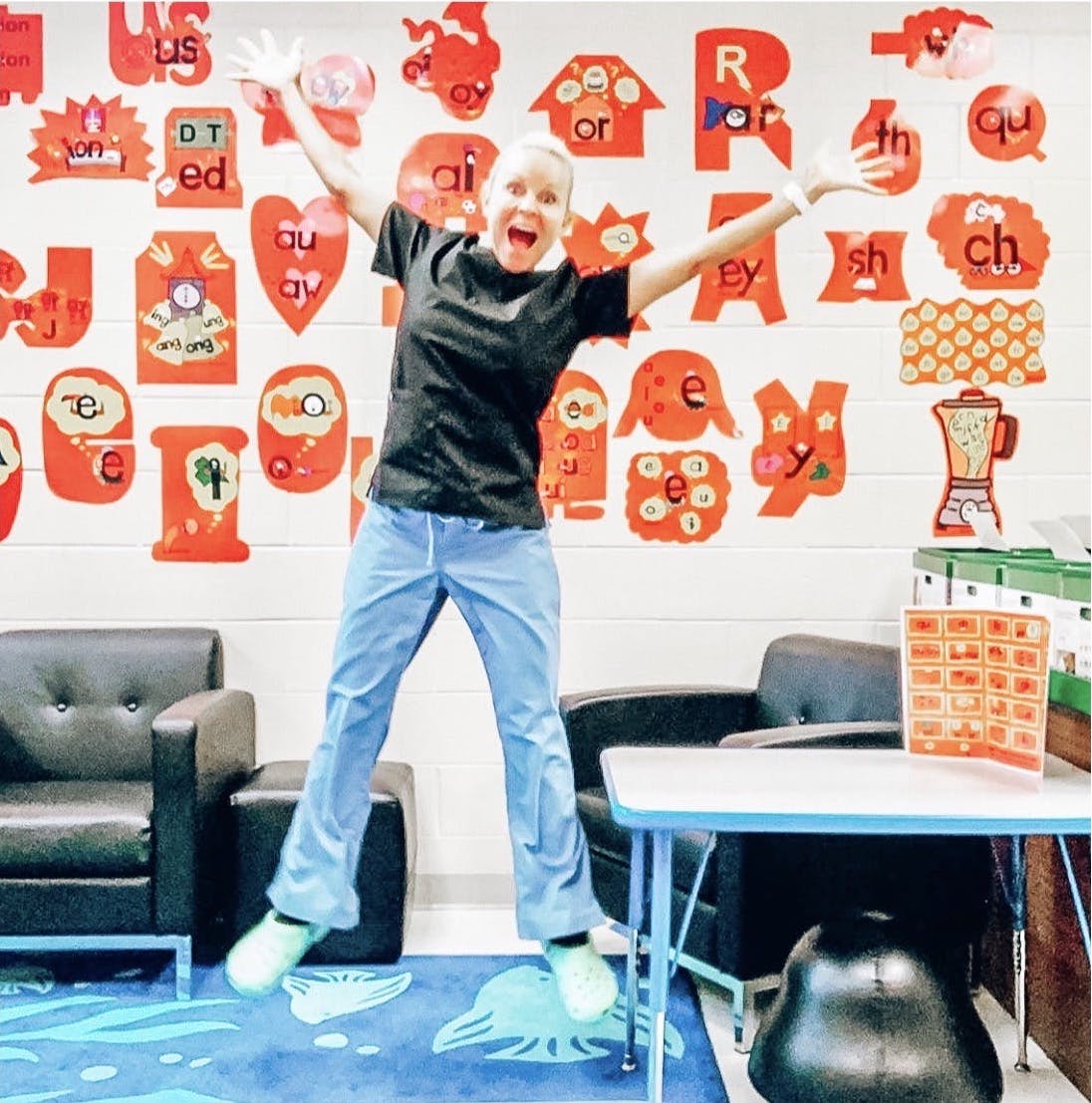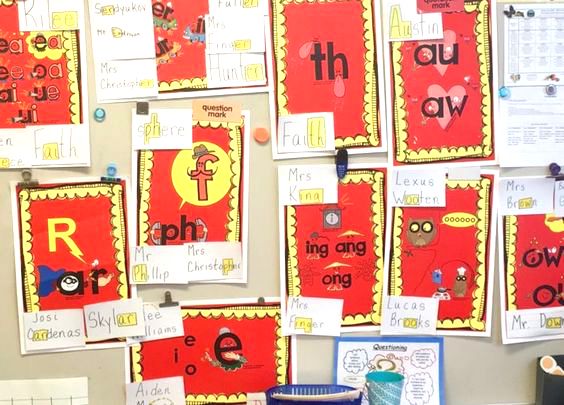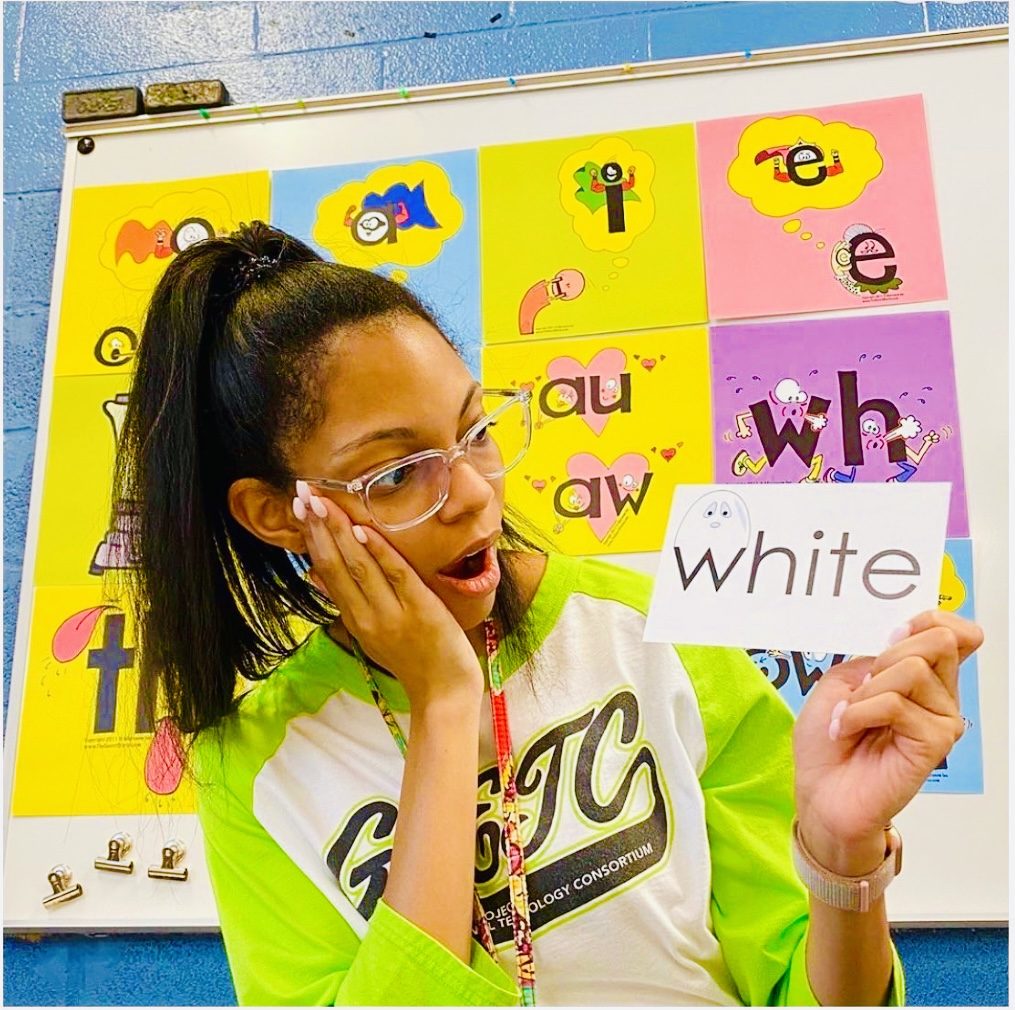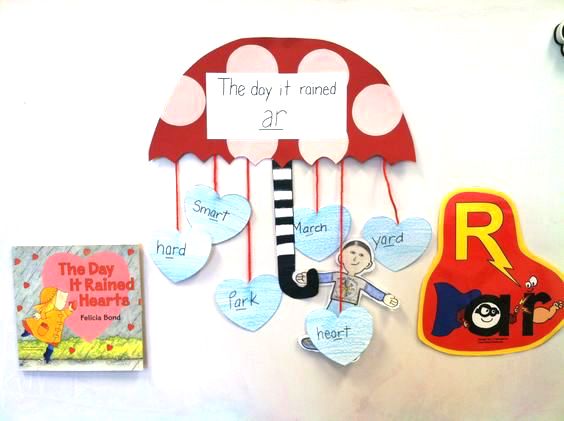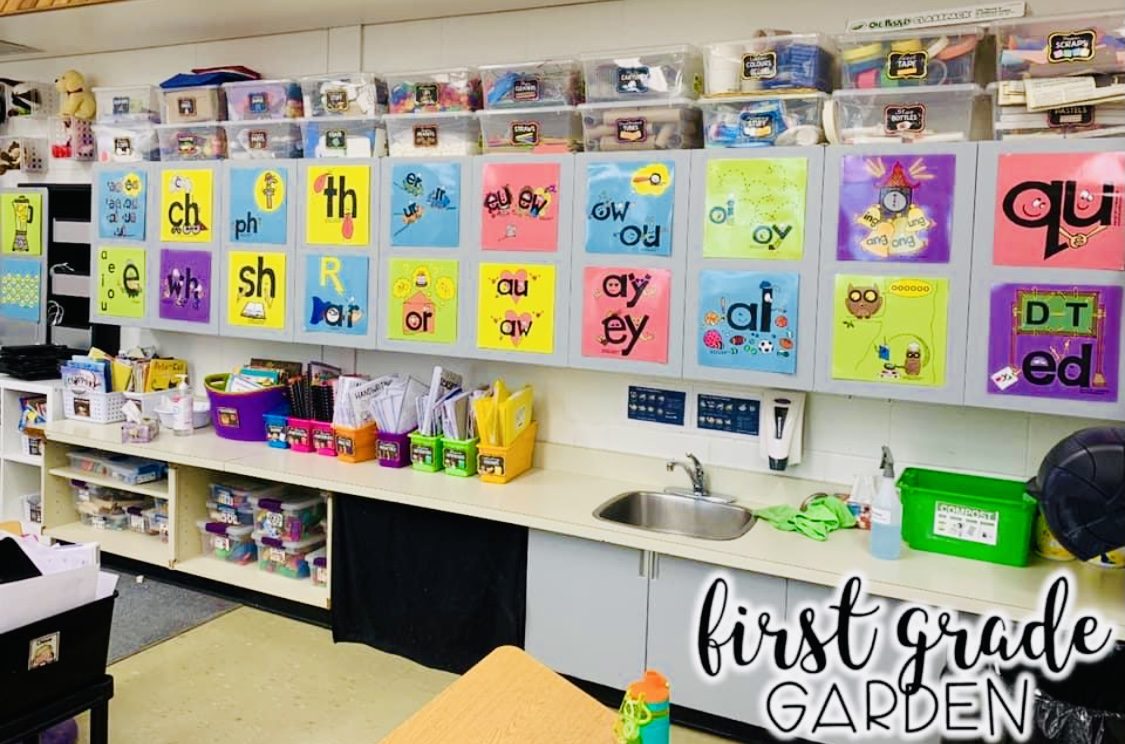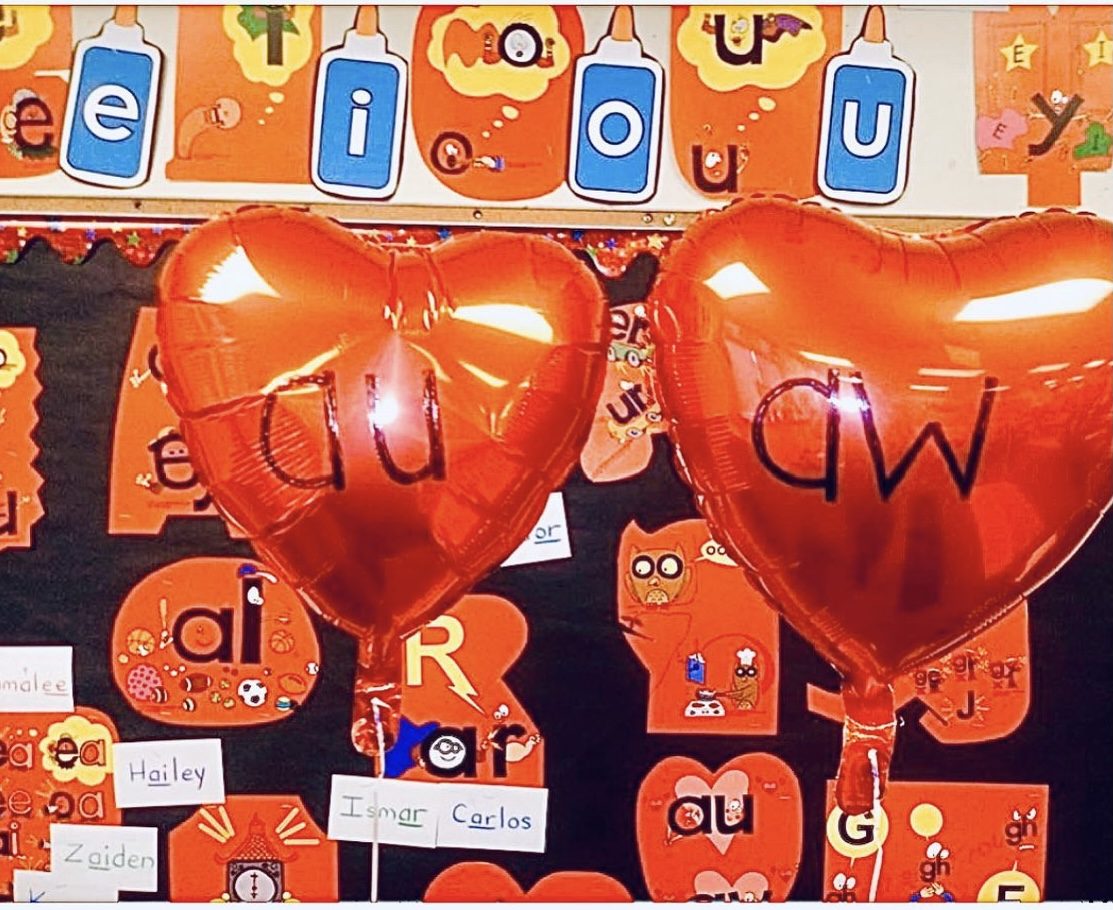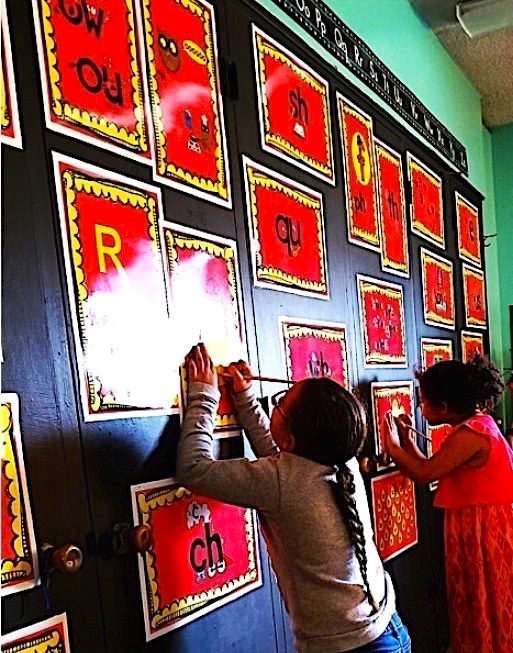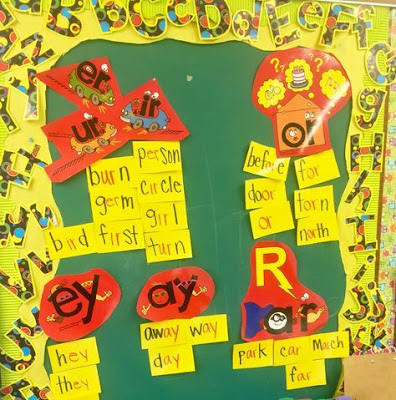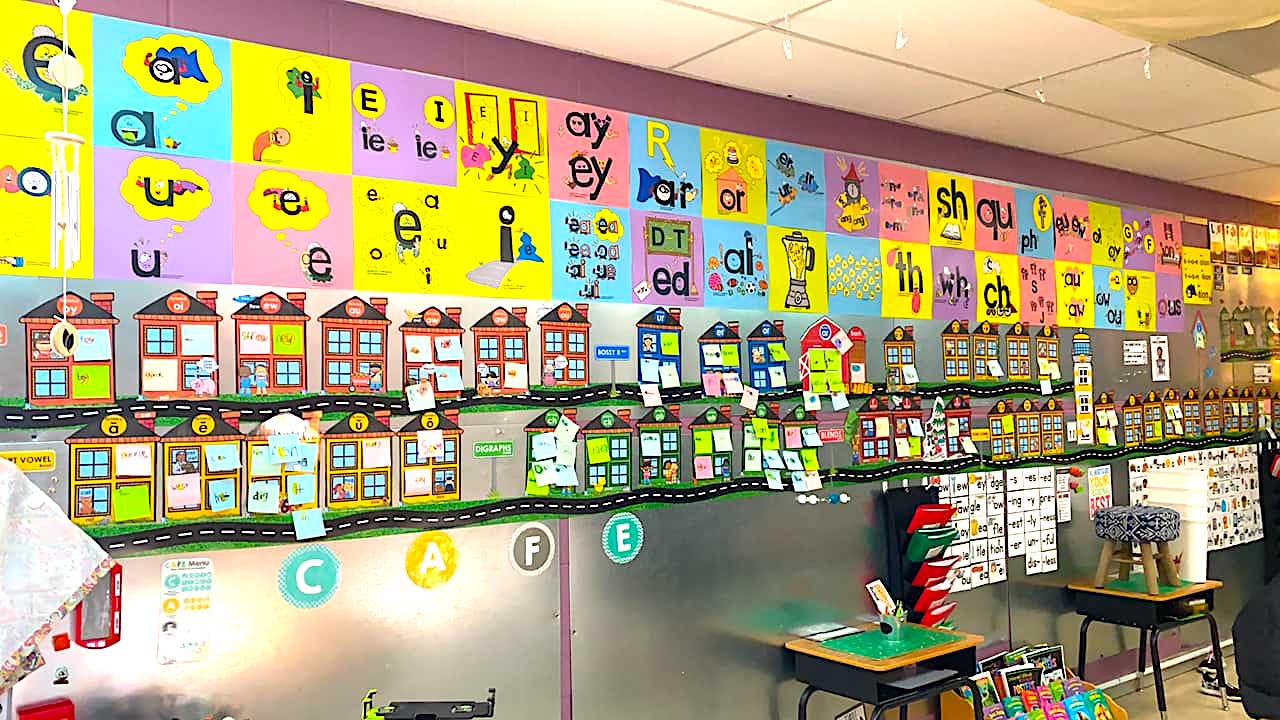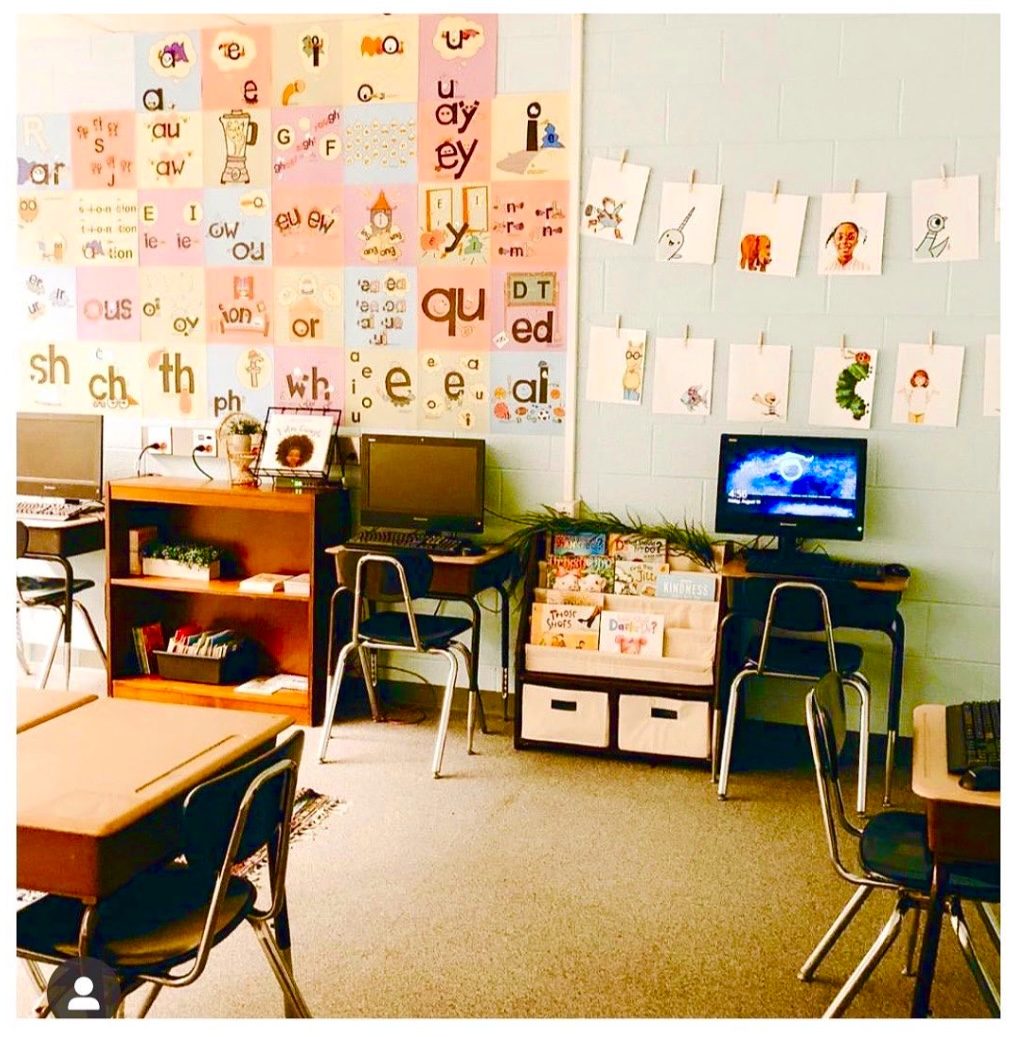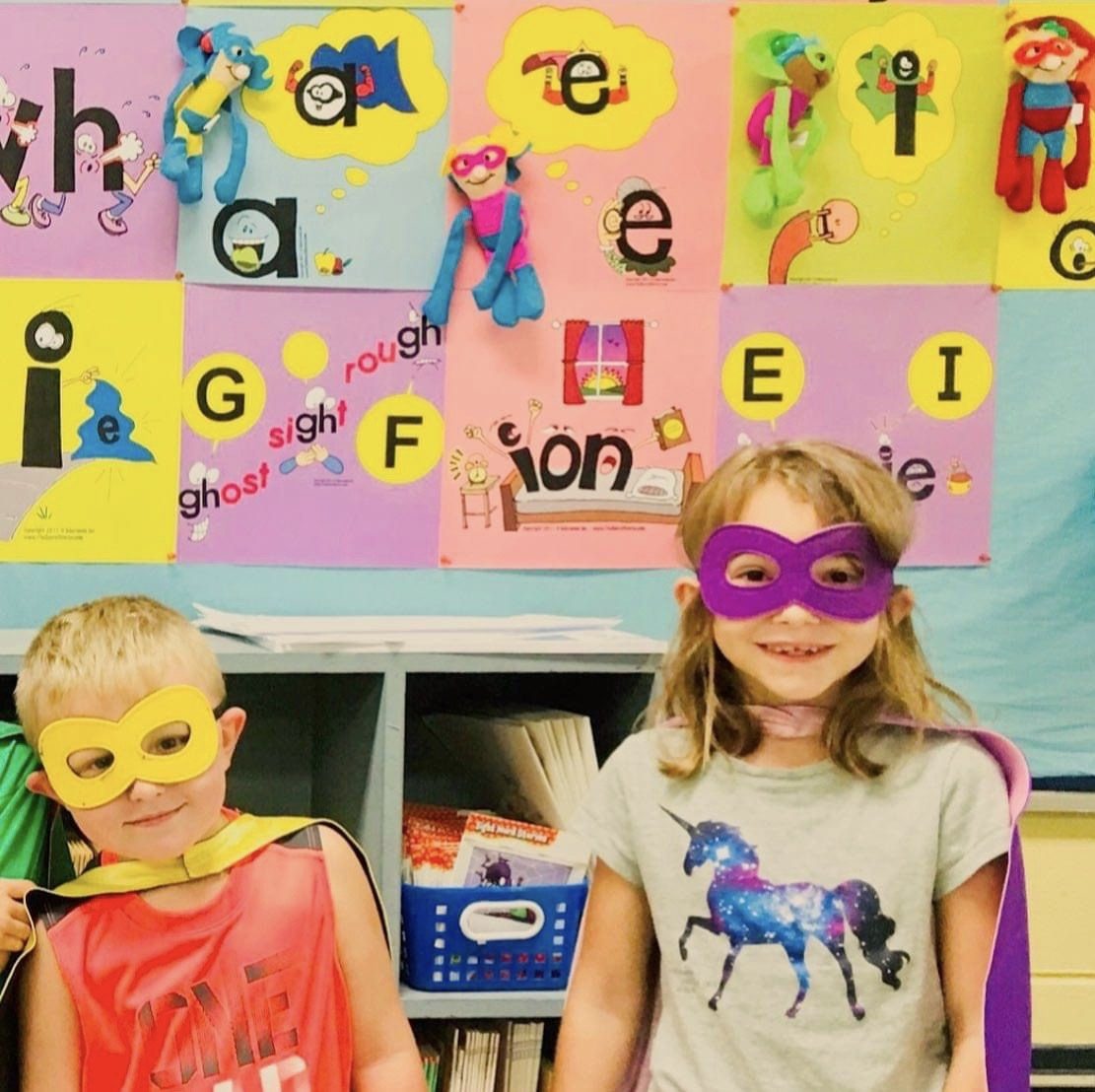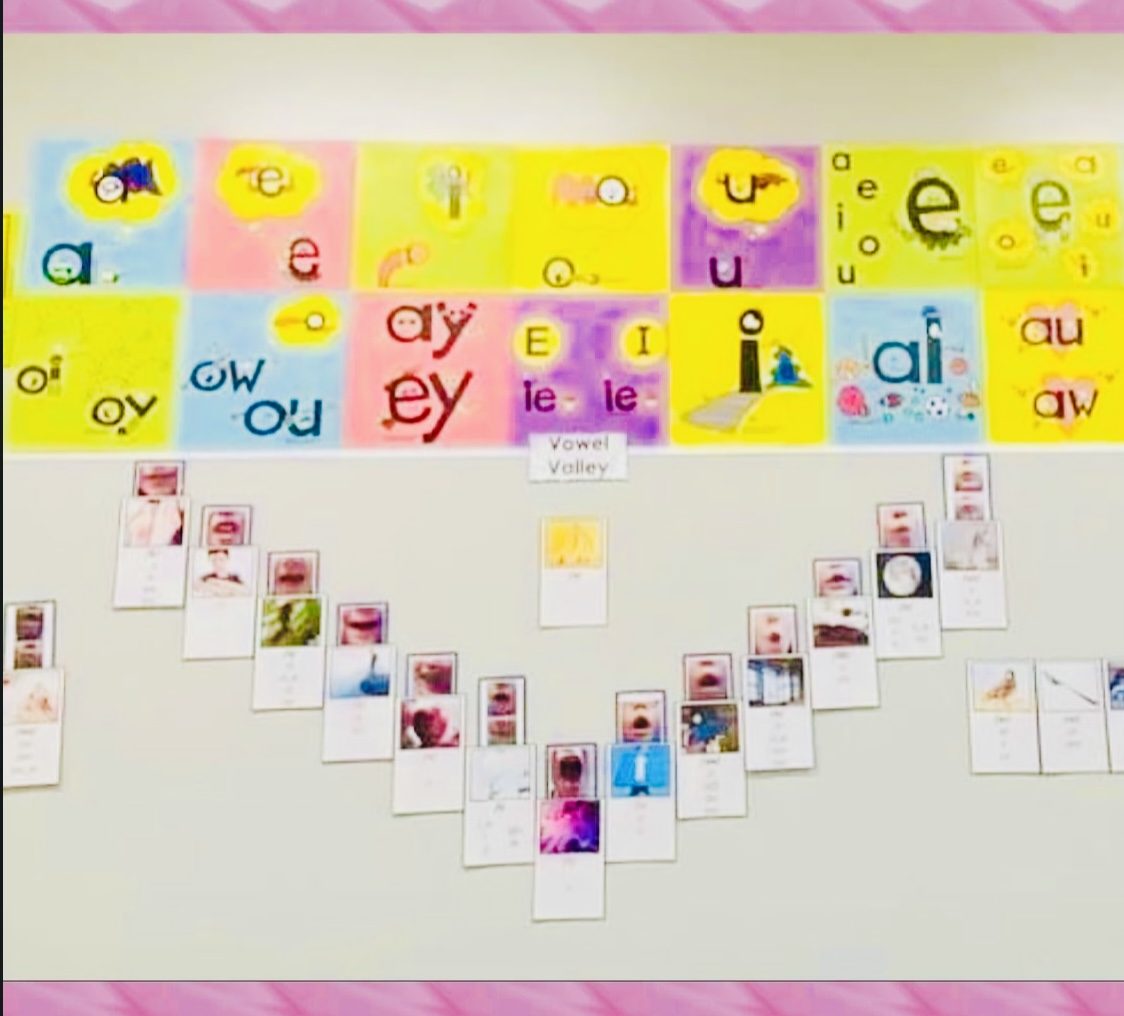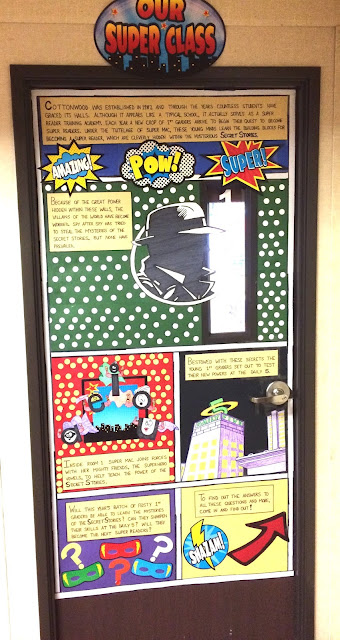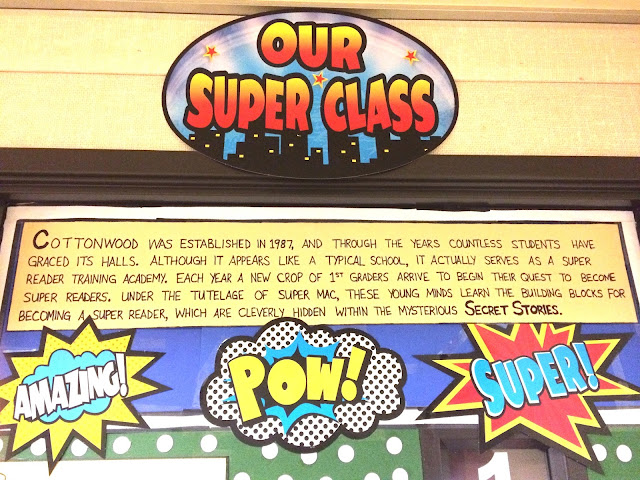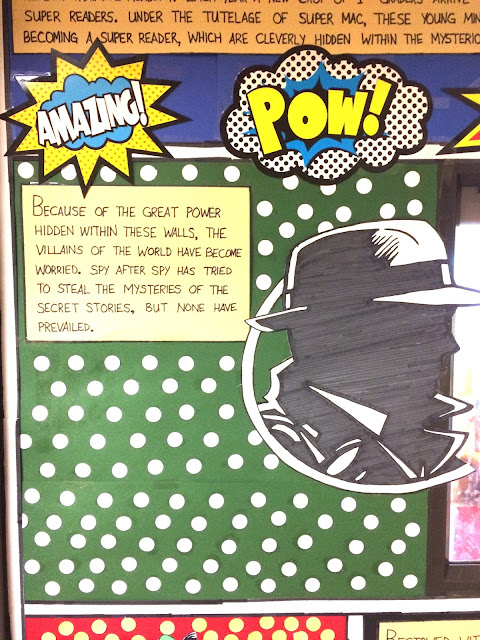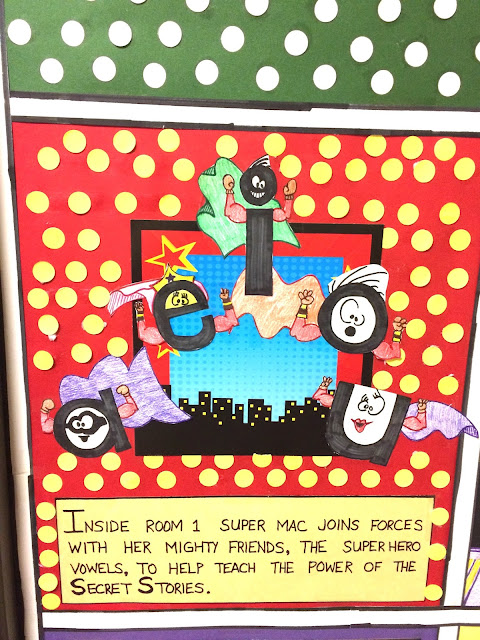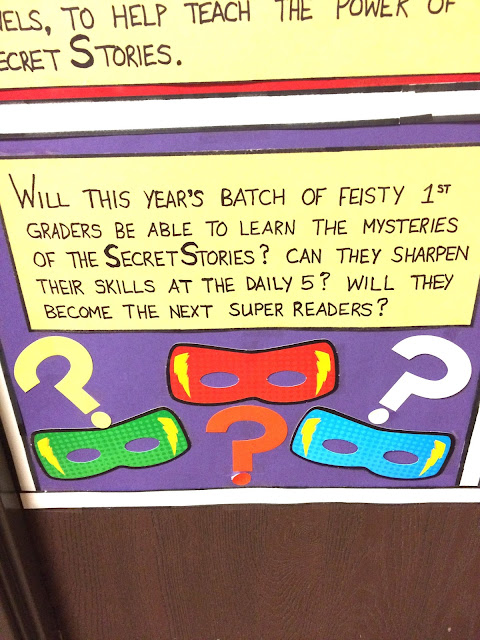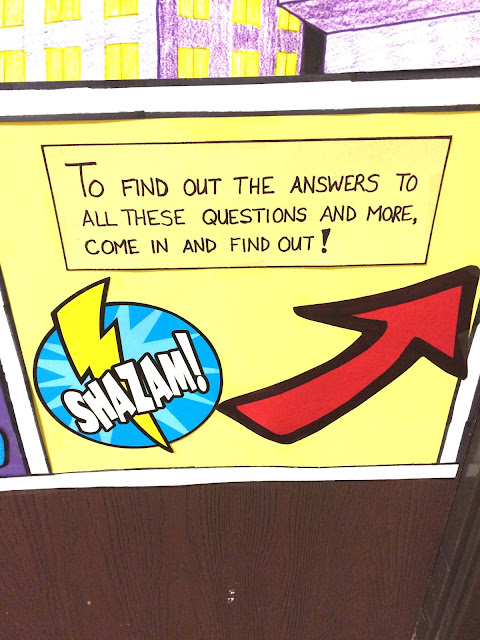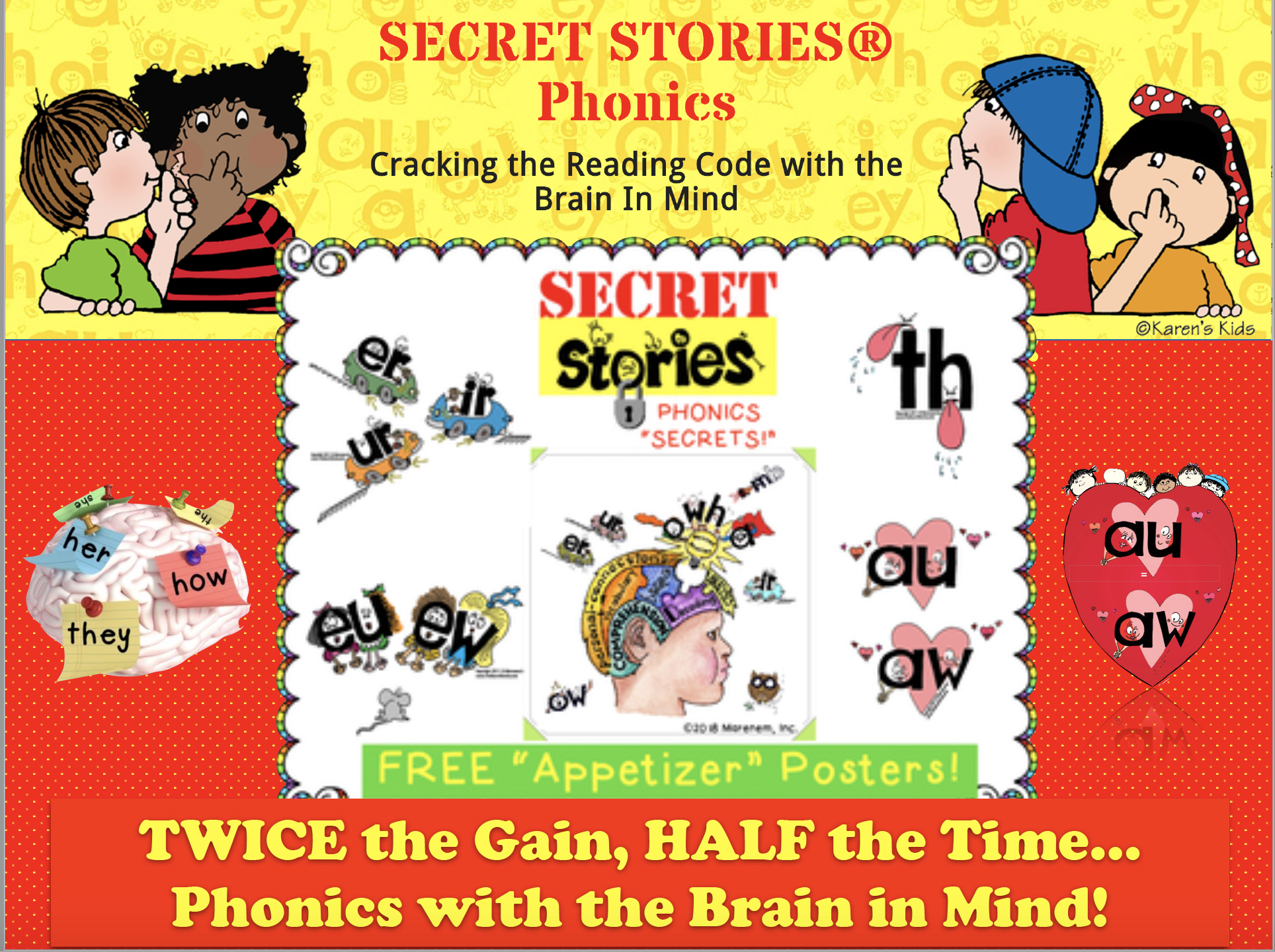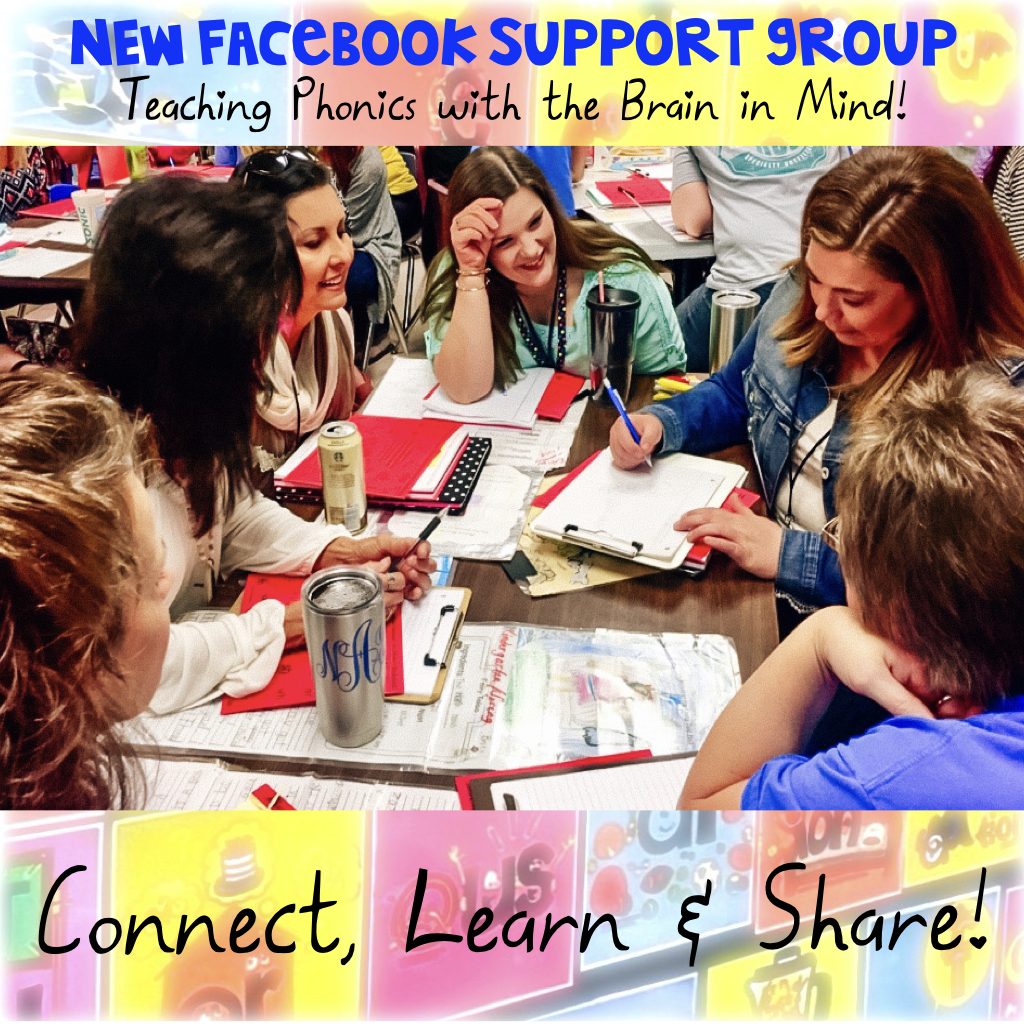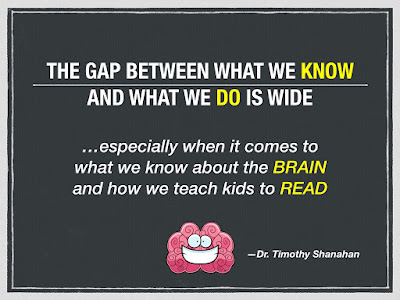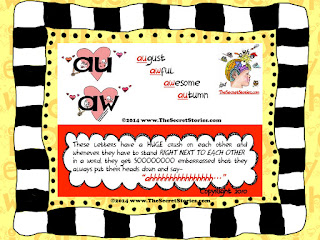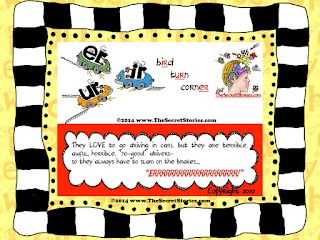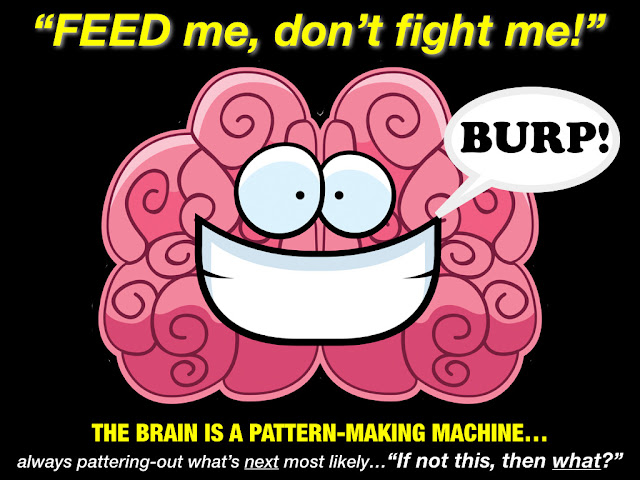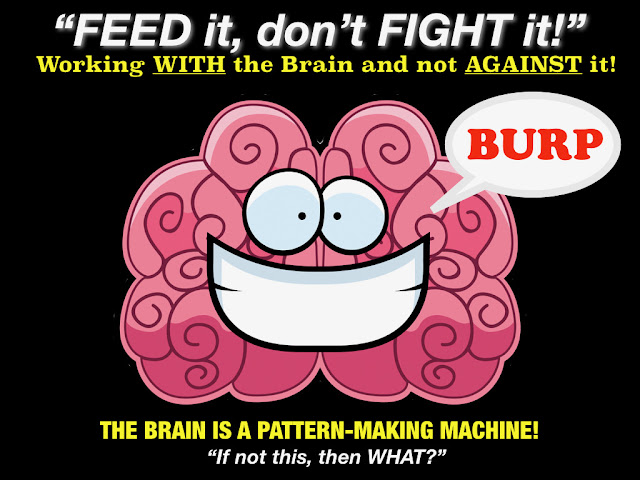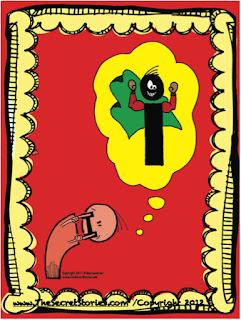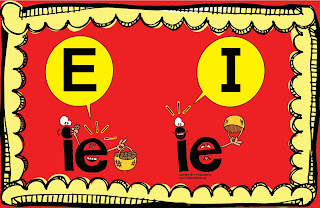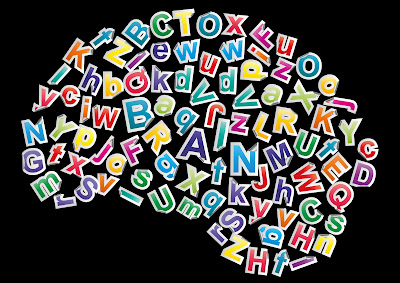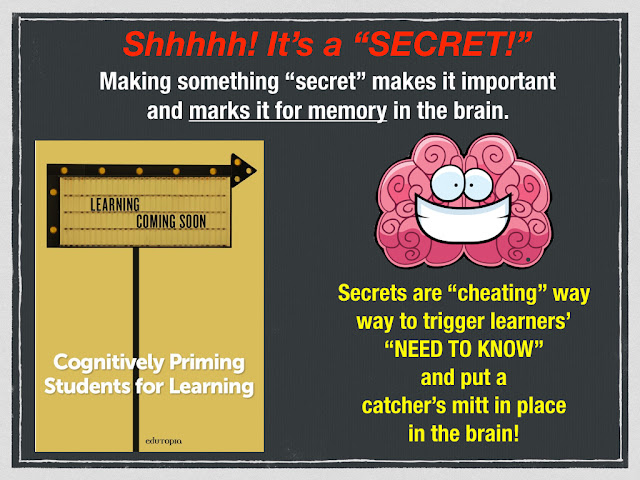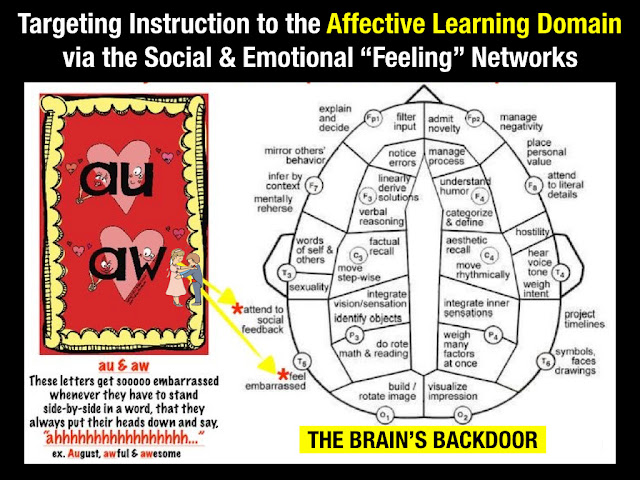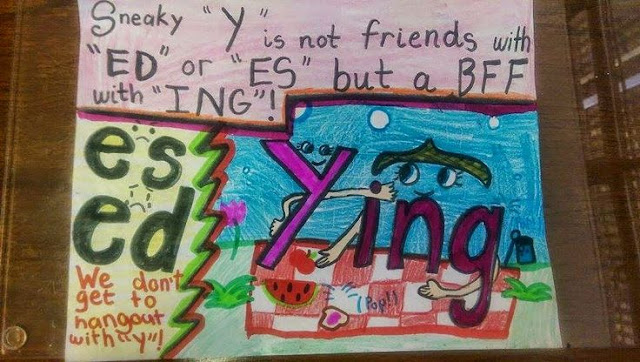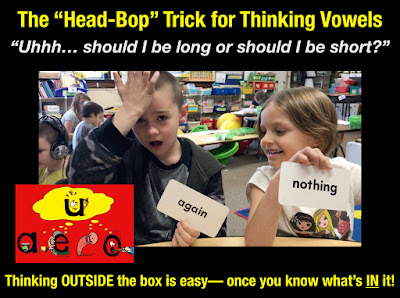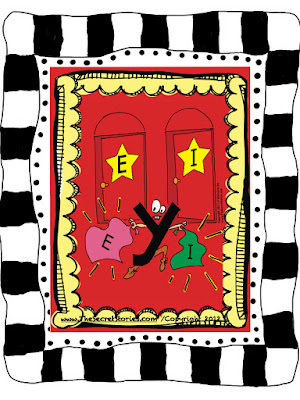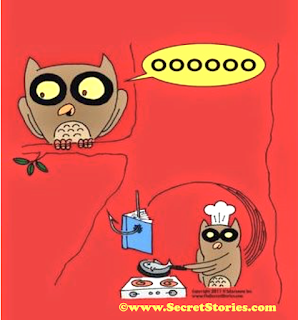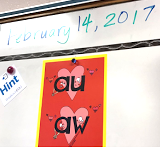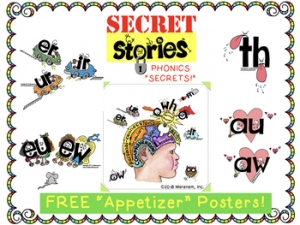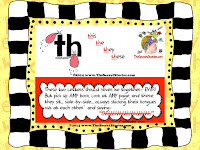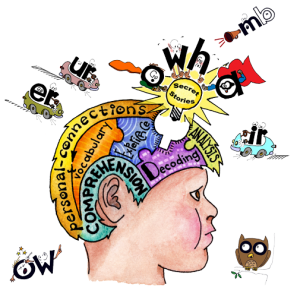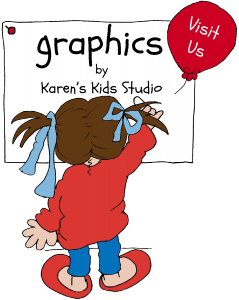Kids don’t need MORE reading instruction, they need better reading instruction… and taught with the brain in mind!
Happy Summer to All of My Dear Teacher (and Principal) Friends!
I know it’s been a long time since you’ve heard from me, but like many of you, I haven’t stopped running, and feel like I am still waiting for my summer to start! That said, my mental “laundry list” of things I need to tell you has now grown SO BIG that my brain simply can’t hold any more! And on top of that, there is one that I have been bursting to tell you, but I wanted to make sure that we had all of the kinks worked out first. If you follow on FaceBook or Instagram, you have probably heard about it.
There is a new Secret Stories® website! And it is AWESOME!!! I am not just saying this because it’s my website, because it’s not…I actually made it for you! It spotlights real kids in real classrooms with real teachers, and it is my hope that it will help to shift the traditional mindsets about what kids can do and how easily they can do it when you follow the brain science!
I have heard from so many teachers and administrators (who consider themselves long-standing members of the Secret Stories “tribe”) who say how difficult it can be to explain to those who don’t know how Secret Stories takes half the time, but gets kids twice as far…. and how the Secrets “live” in between the reading and writing that you’re already doing each and every day. How its always there, always teaching.
This new website makes it easy by “showing,” rather than telling— juxtaposing traditional curriculum-based scope and sequences and sight words lists with video of actual kids, pics of their writing and real teacher commentary. This site was created by teachers, for teachers (and for their principals), and most importantly, for our kids… because they can’t wait.
To give you an idea, here is one of my favorite examples from the homepage, which is actually just a snippet from one of my favorite pages, that happens to have the same name as the title of this email— “Not More, Just Better“….
The above screen shot is actually from the homepage, so to watch the video clips, you need to access it directly, here. From there, you can dig into the scope and sequences for phonics skill introduction of the major reading series and phonics programs (incl. Wonders, Journeys, Fundations, Letterland, Zoo Phonics, etc..) through 3rd grade, and then watch preK, kinder and first graders not only using the so-called 2nd and 3rd grade skills (a.k.a. “Secrets”) to read and write, but actually teachingthem, begging the question….Why Wait?



Again, the videos above will only play from the page directly, here.
All around the site, you can explore brain science research, strategies and methods, student writing, videos, teacher and administrator perspectives, and even access free posters and other downloads, with lots more to come soon! You can also check out reasons #2 and #3 for this email, which are both new products that have been the most highly requested over the years…. flashcards with the stories printed on the back AND multi-colored posters!
So here’s a sneak peek at both, but you can see lots more on the site in the product section, which is now so well organized that it’s super easy to find exactly what you are looking for, and see lots more pics!
The 6×6 inch flash cards have the pictures on the front and the stories on the back, and are made from the heaviest card stock, but with a beautiful “magazine” coating finish that “little fingers” will love!
The 12×12 inch decorative square posters are printed in whimsical colors of blue, pink, green, lavender an yellow— which many of you actually helped to pick out on social media!
They have so many uses beyond just display, and are the perfect size for whole group Secret games and play (which you will soon be able to read more about on my blog, which is now on the new site as well, but in need of a little tweaking after the move from Blogger to WordPress.)
And for those who have older posters sets and are considering upgrading, all of the Secret Stories® poster sets can be ordered separately (as well as with the kit, which includes the book & CD). And so you know, your old posters make an awesome “big book” that kids will beg to take home and share with parents. When I was in the classroom, one of my best student incentives was my “Big Book of Secrets” (made from my old poster set) that my best “Secret-Spotter” got to take home as a reward each week. And my parents loved it too, as they got to learn all of our Secrets!
I also wanted to share my other favorite page, which I think is equally eye-opening, especially for those who don’t understand how Secret Stories® makes use of brain science to fast-track early (and struggling) learner access to the “whole” code that kids need to read and to write. It’s called “What About Sight Words?” and here’s just a bit…



I promise that there’s a whole lot more that I can’t even begin to share here, and so much more for you to explore! I hope that you will not only visit the site, but that you will kick your shoes off and stay a while, as there is so much inspiration there from so many amazing teachers and kids! And for those who’ve been a part of the Secret Stories Tribe for a while now and sent me pics or vids from their classrooms over the years, don’t be surprised if you find yourself there, as well! And if you don’t, I’m still posting, so you will soon- Lol!
And for those who are relatively new to Secret Stories, or just haven’t gotten around to sharing your Secret Stories “stories” (i.e. pics, vids, writing, etc…) now you can! I’ve made it super simple with automatic upload directly through the site, and you could win a prize! You can even use this feature to spotlight your very own Secret Stories Student STARS! I would love to share Secrets Stories moments from your classroom, so click here and join the tribe!
Finally, reason #4 for this email is to let everyone know (albeit totally last minute) that I will be speaking at the ILA (International Reading Conference) in Austin, Texas on Saturday ….as in the day after tomorrow! If anyone reading this is planning to attend (or is already there!) please shoot me an email and let me know, as I would love to meet up tomorrow night! You can check out my other speaking dates here, although many school PD and conference dates haven’t yet been posted. And if you can’t make a conference or school workshop, you can still access my interactive handout download, which you can find here. It’s the next best thing to being there! ,
Wow, that was a whole lot to share, but I feel much better now you’re all up to speed!
And hopefully, I got this out in time to actually catch some of you at ILA this weekend. If so, we will be sure to take pics and post them on Instagram, which you will be able to see (even if you’re not on Instagram) at the bottom of the homepage…. pretty cool, huh!
With Warm Wishes for a Happy & Healthy Summer!Katie
PS For those who have emailed about using Secret Stories® with your existing reading curriculum, or even a supplemental phonics program, please know that this is the ideal, as Secret Stories® is not a program, but simply puts meaning where there otherwise wouldn’t be to speed up learner-access to the code and makes the learning go “warp-speed!”
And more specifically, for those who have asked about using Secret Stories® with the Orton-Gillingham Approach (as well as with Dyslexic Learners) there will be a three-part blog post/newsletter coming out soon (hopefully late next week) on these topics, as well as one on Secret Stories® classroom games, and even a Bingo download that I know you will love, so stay tuned! And to make sure that nothing gets lost in your spam/junk folder, be sure to add me to your contact list— Katie@KatieGarner.com
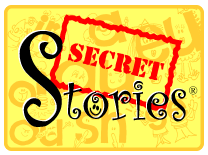


















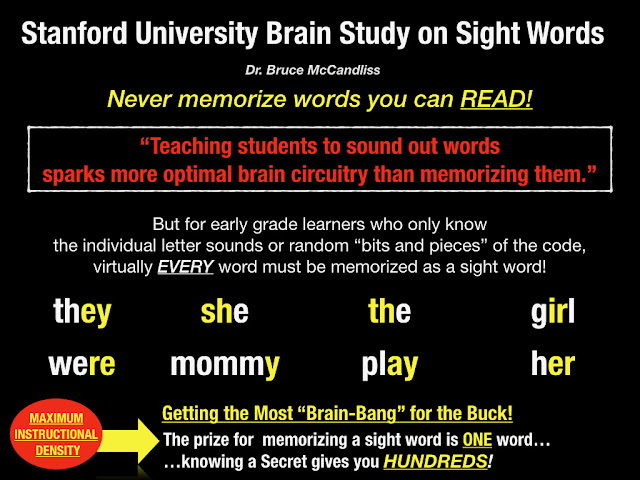
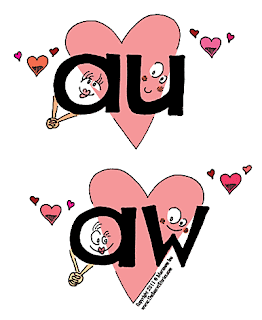
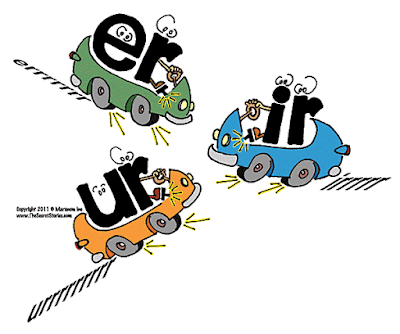

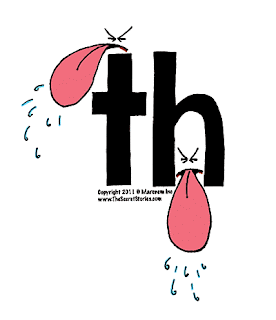

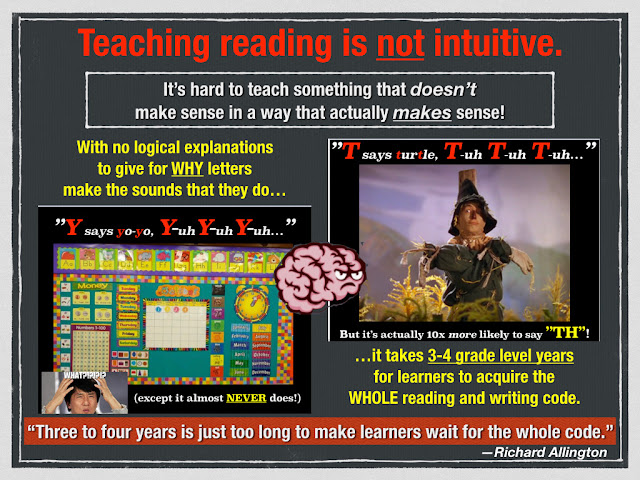
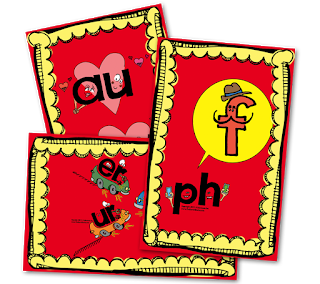
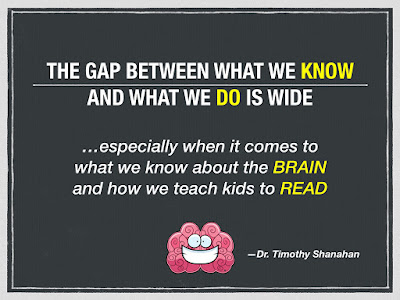
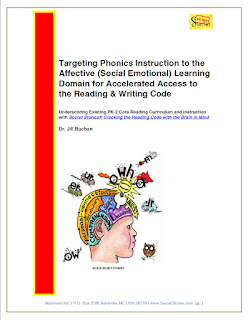
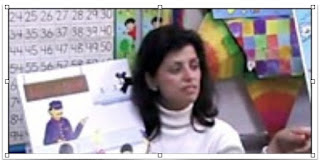

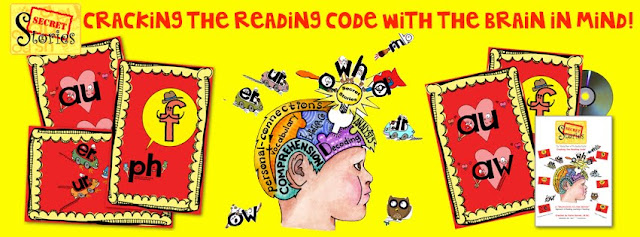
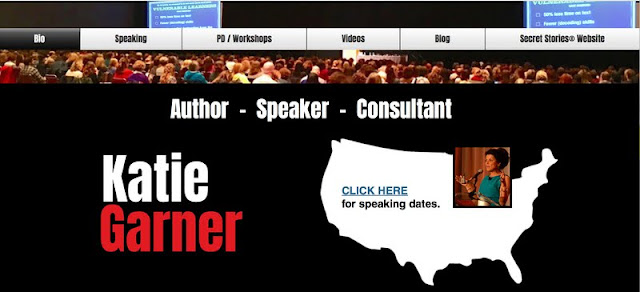
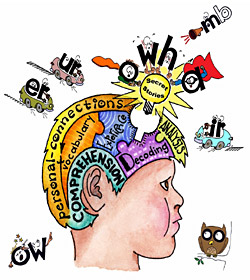

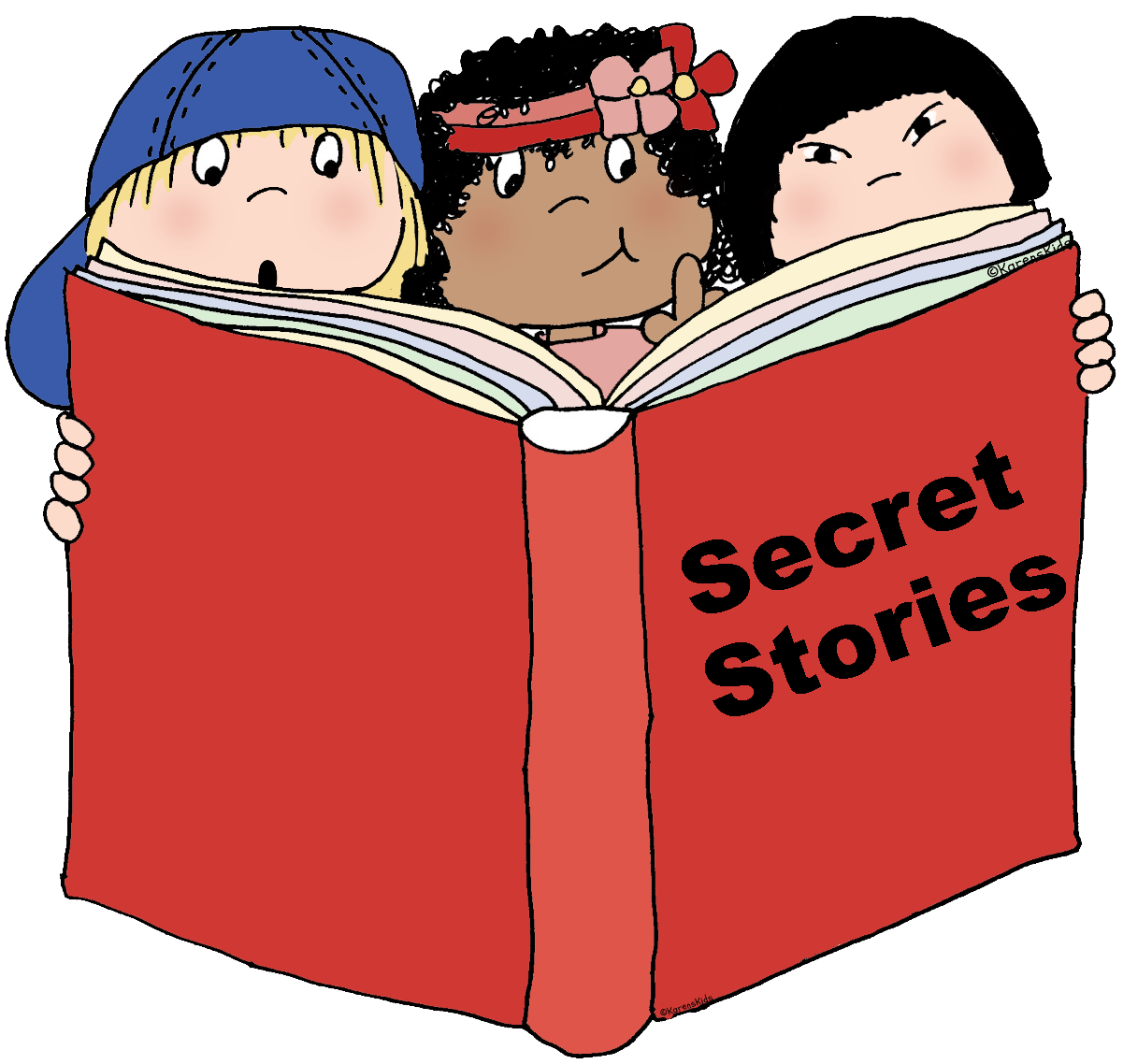
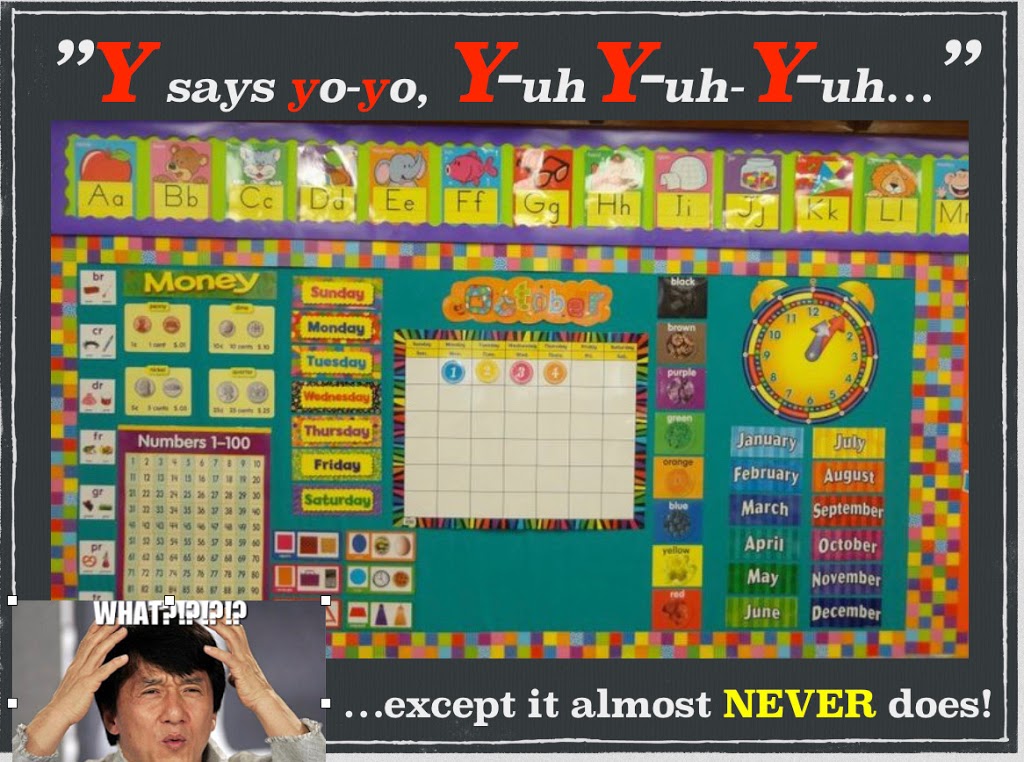
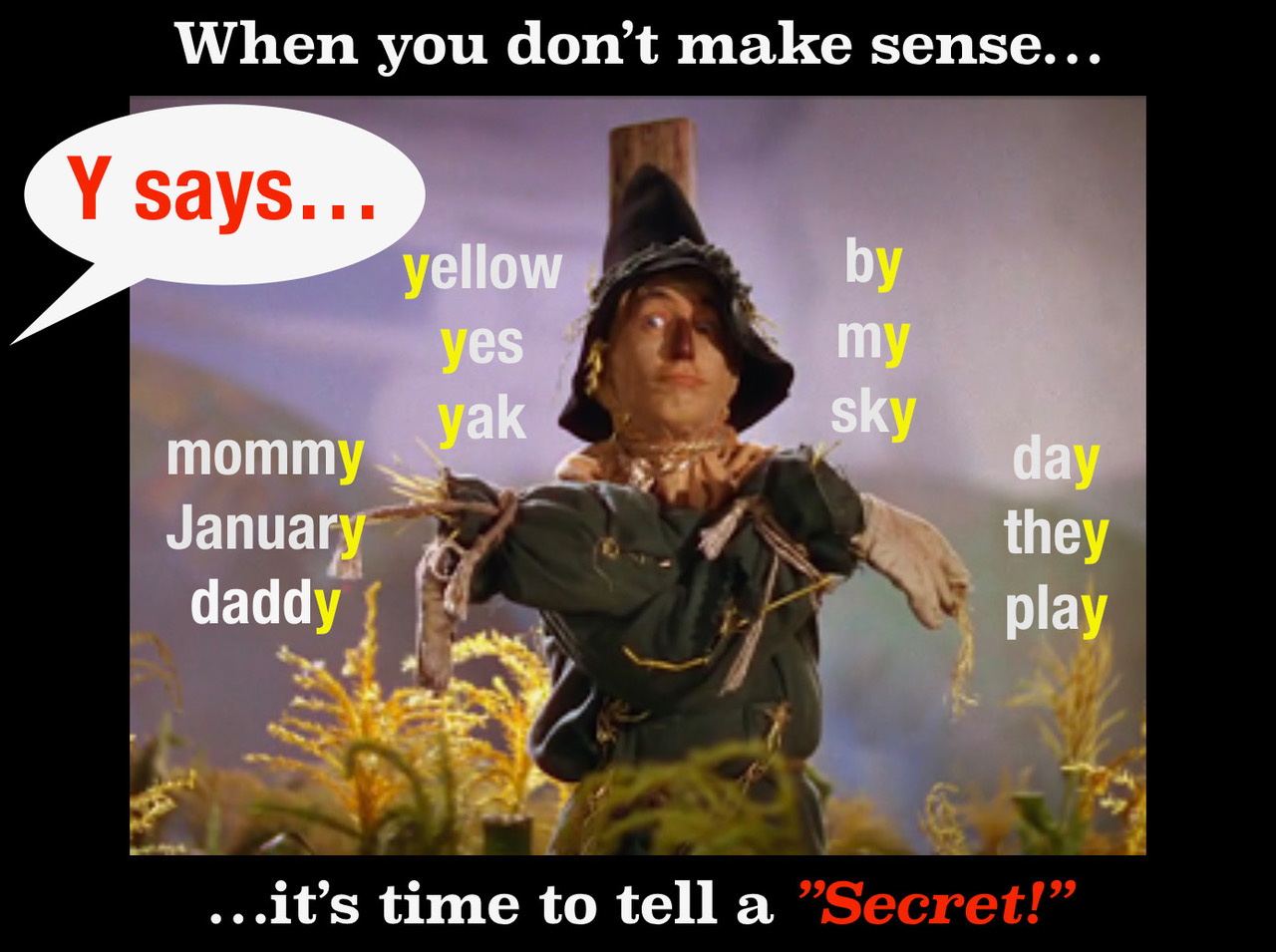
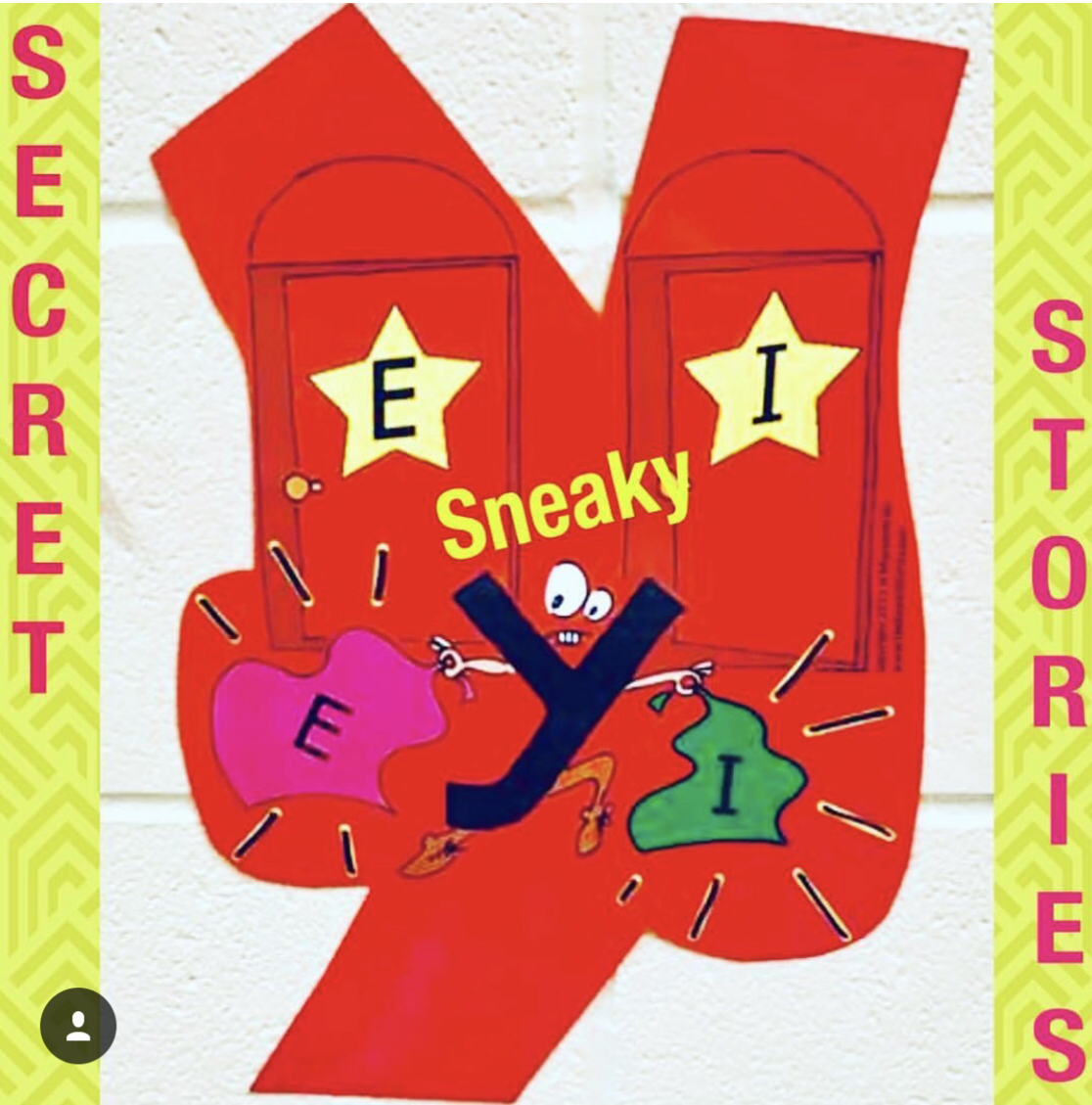
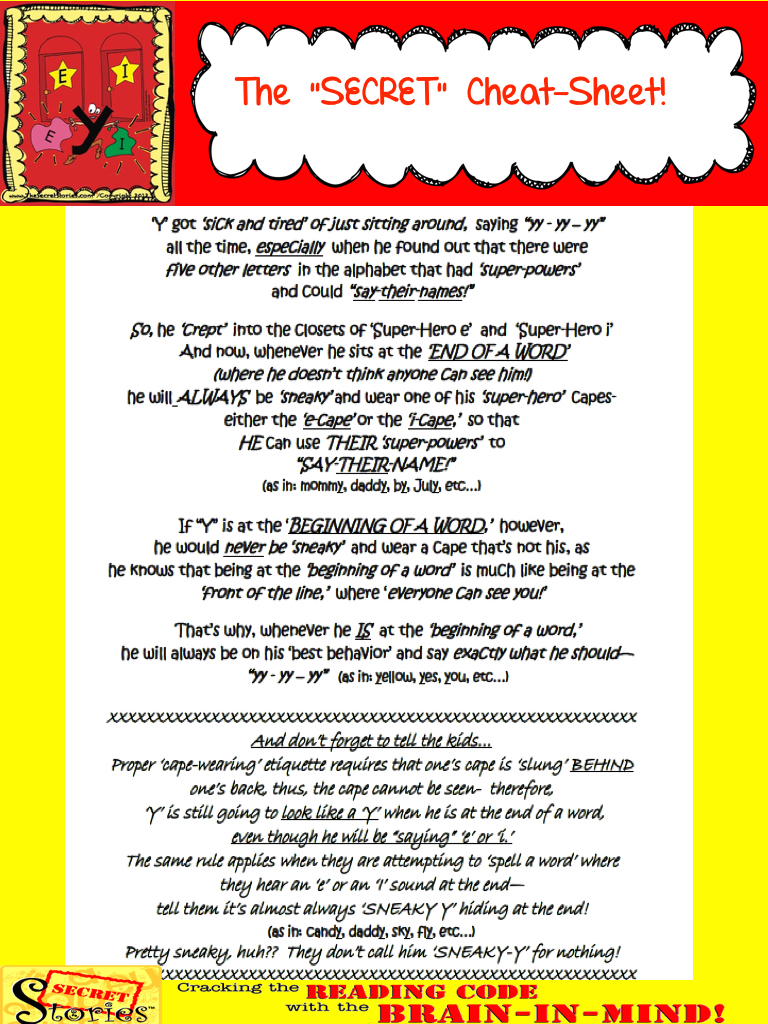
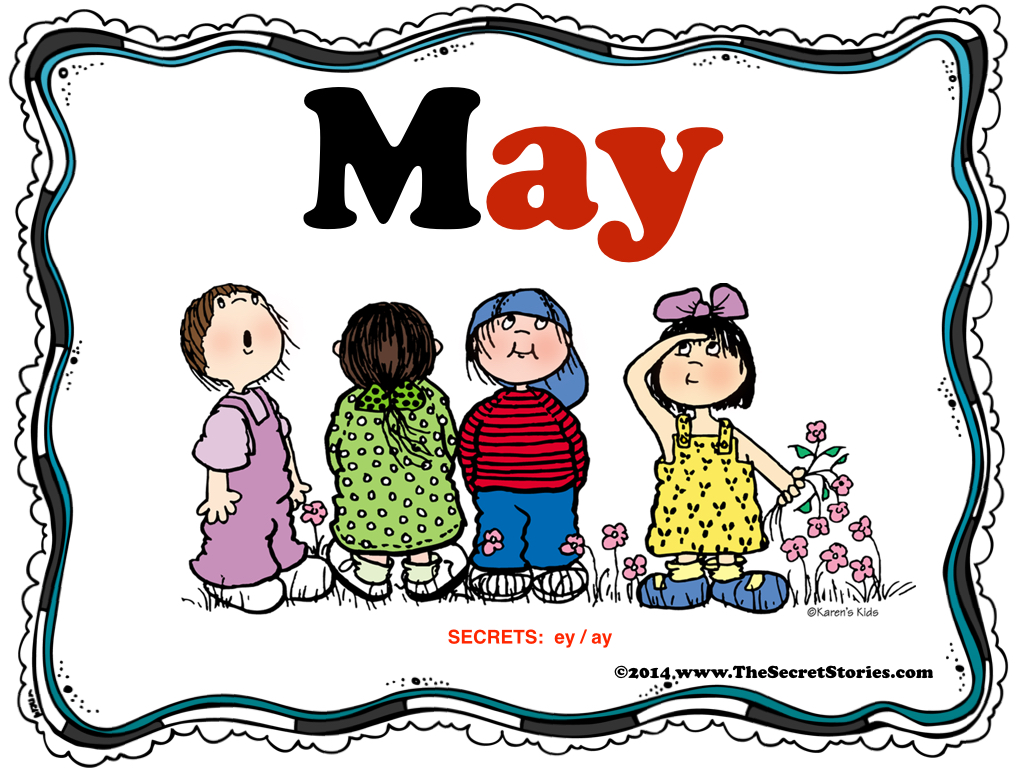
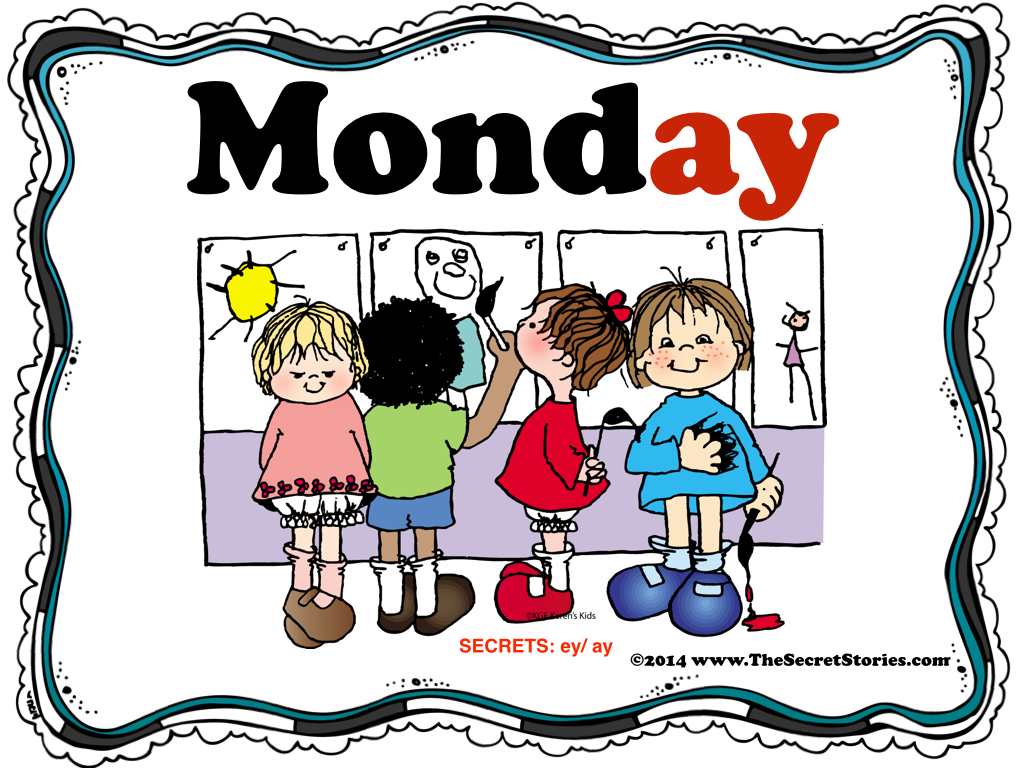
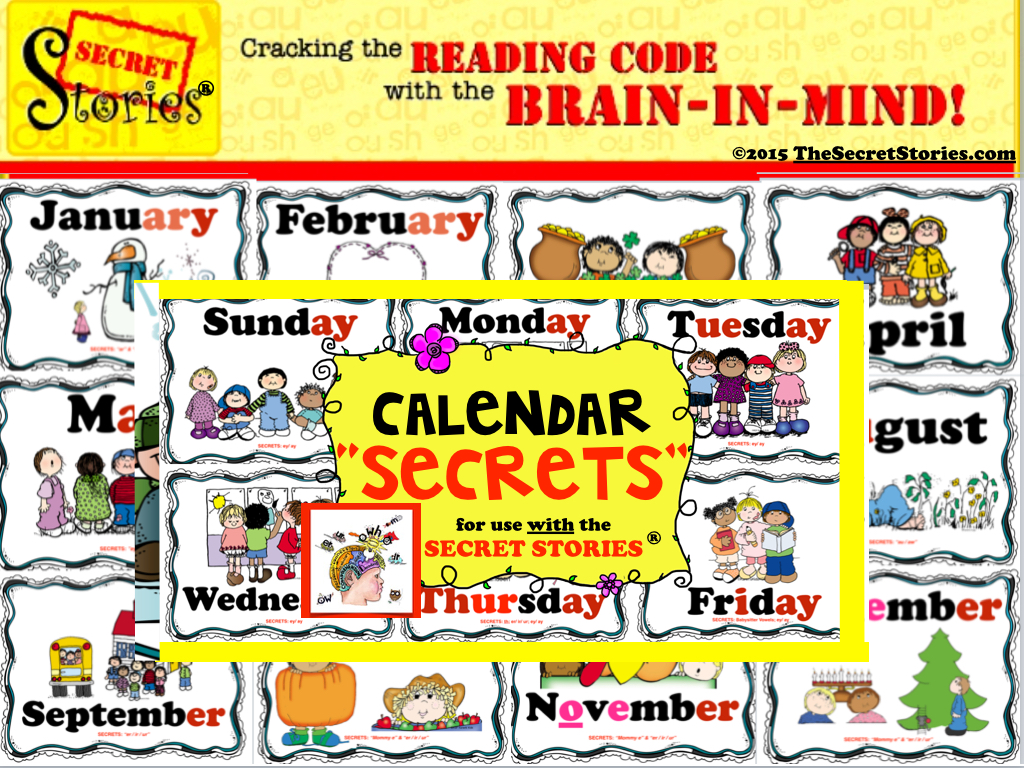
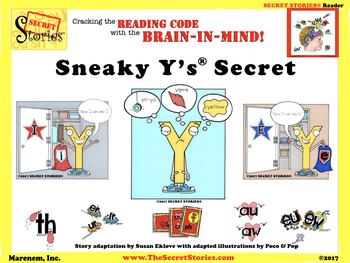
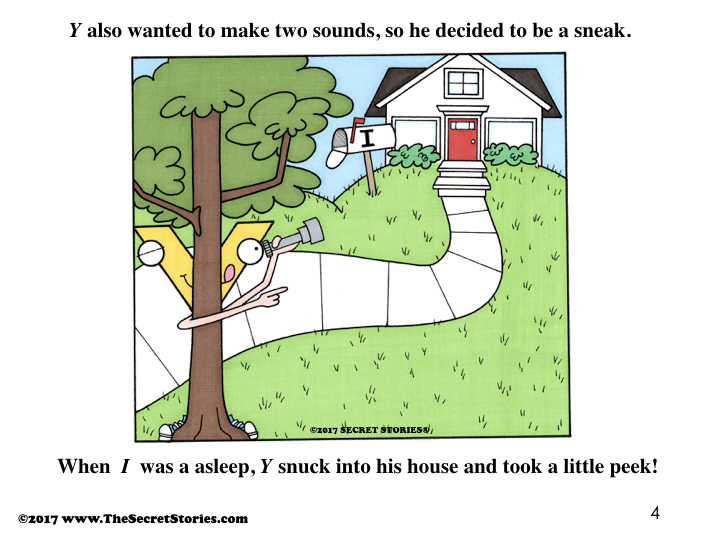
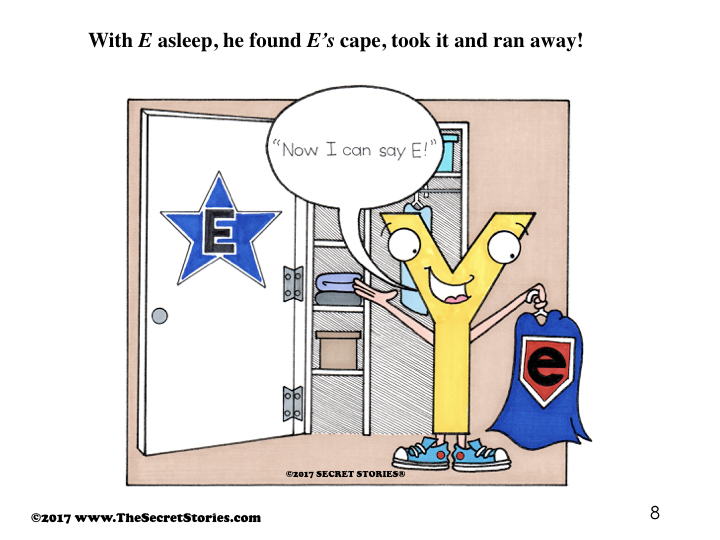
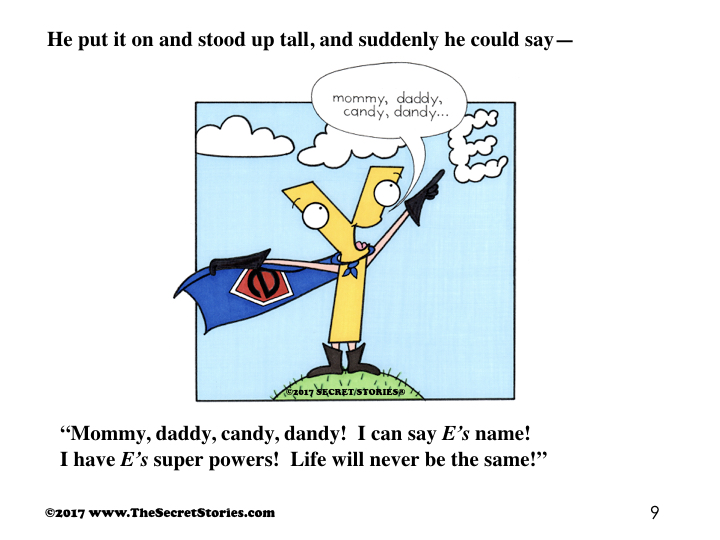
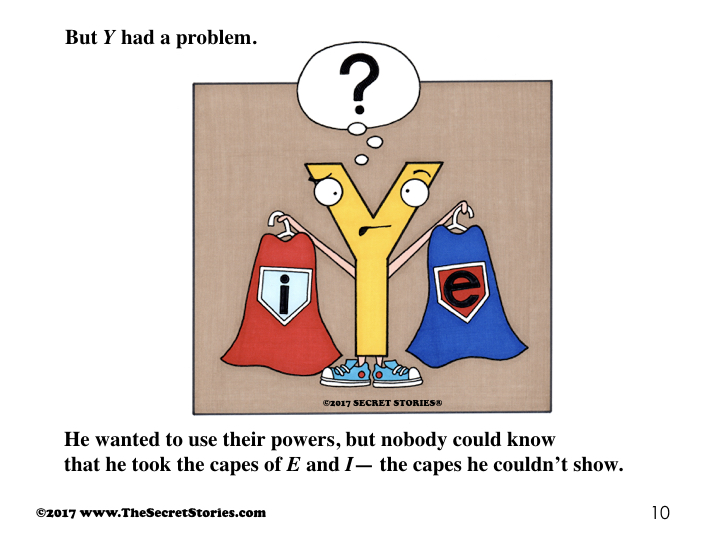
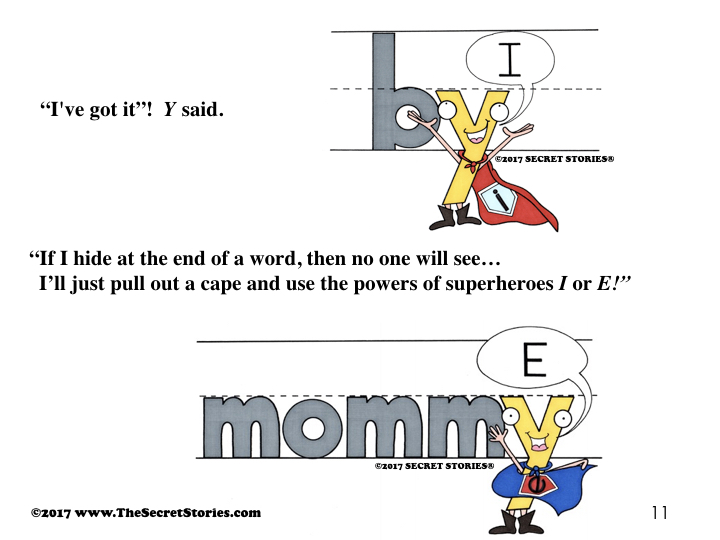
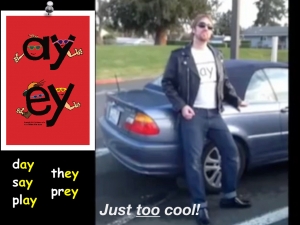
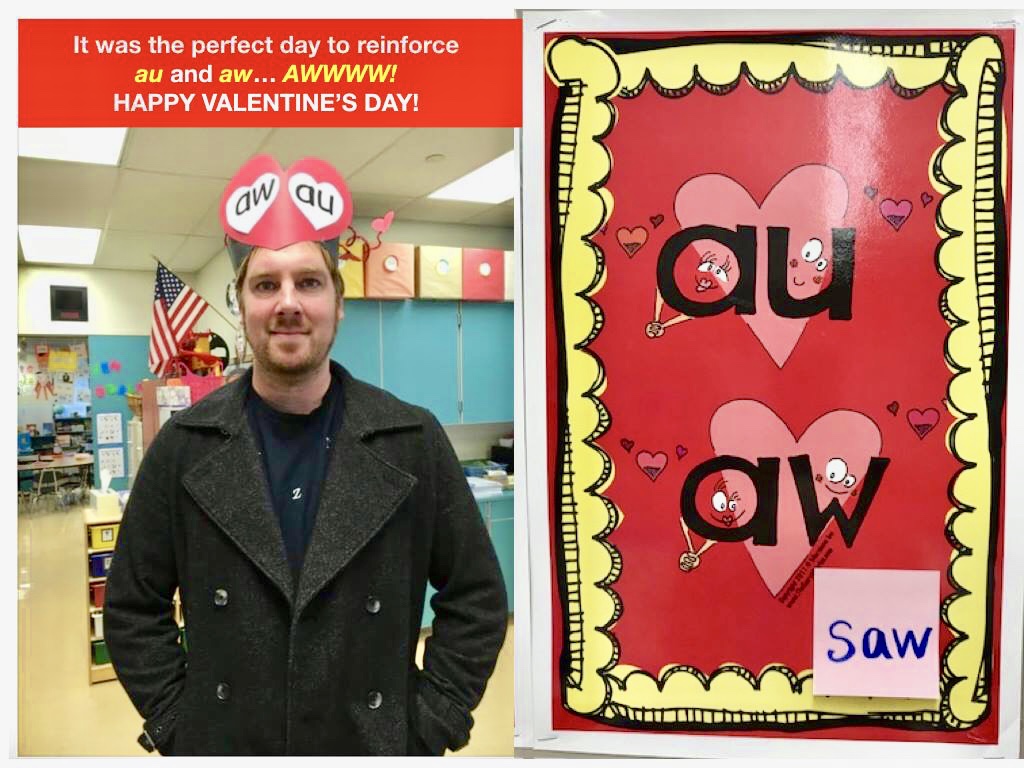
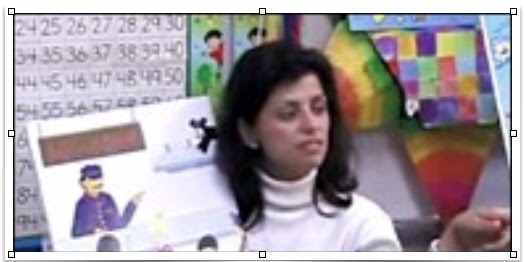
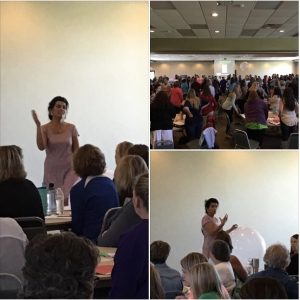
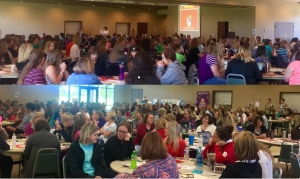
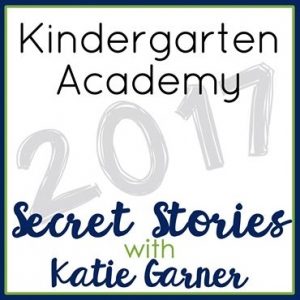







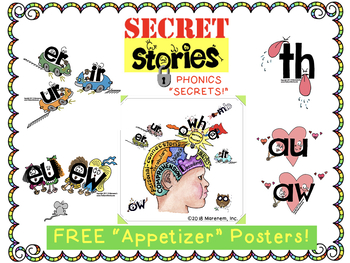
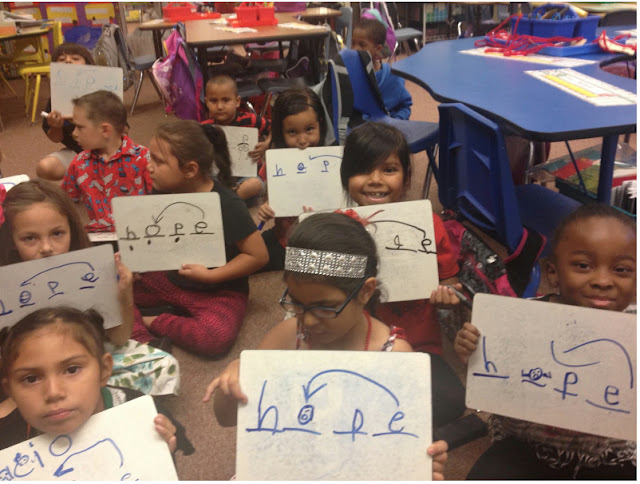
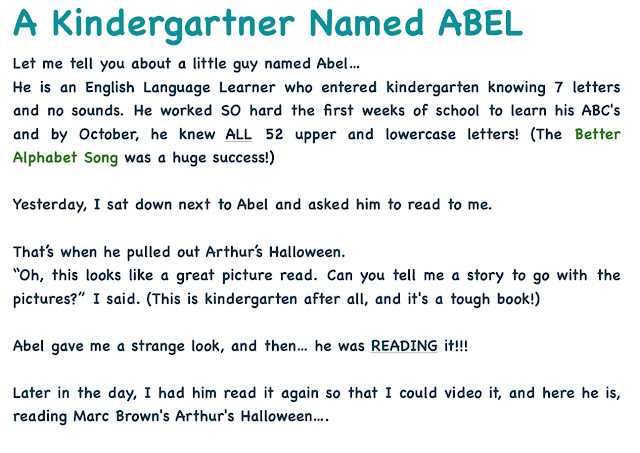

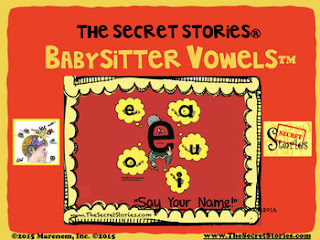





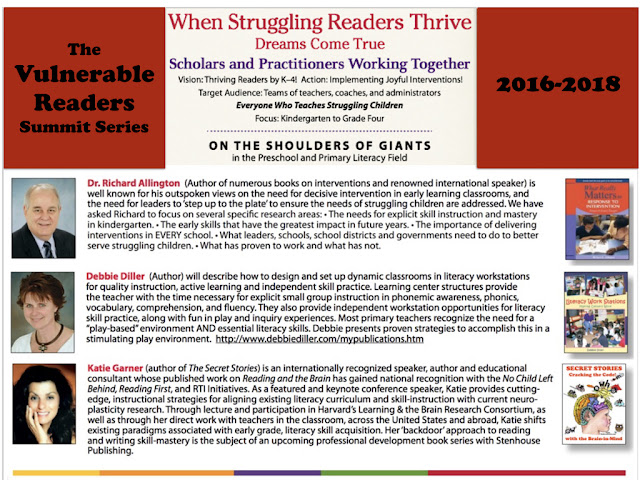
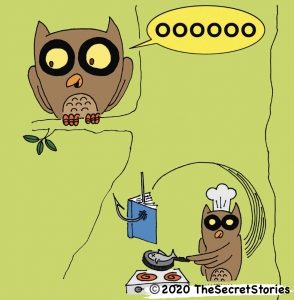
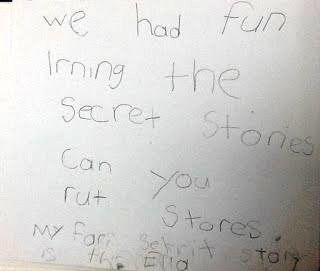


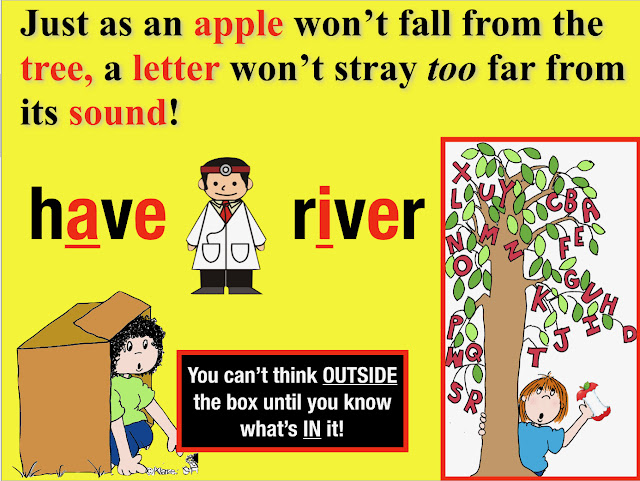
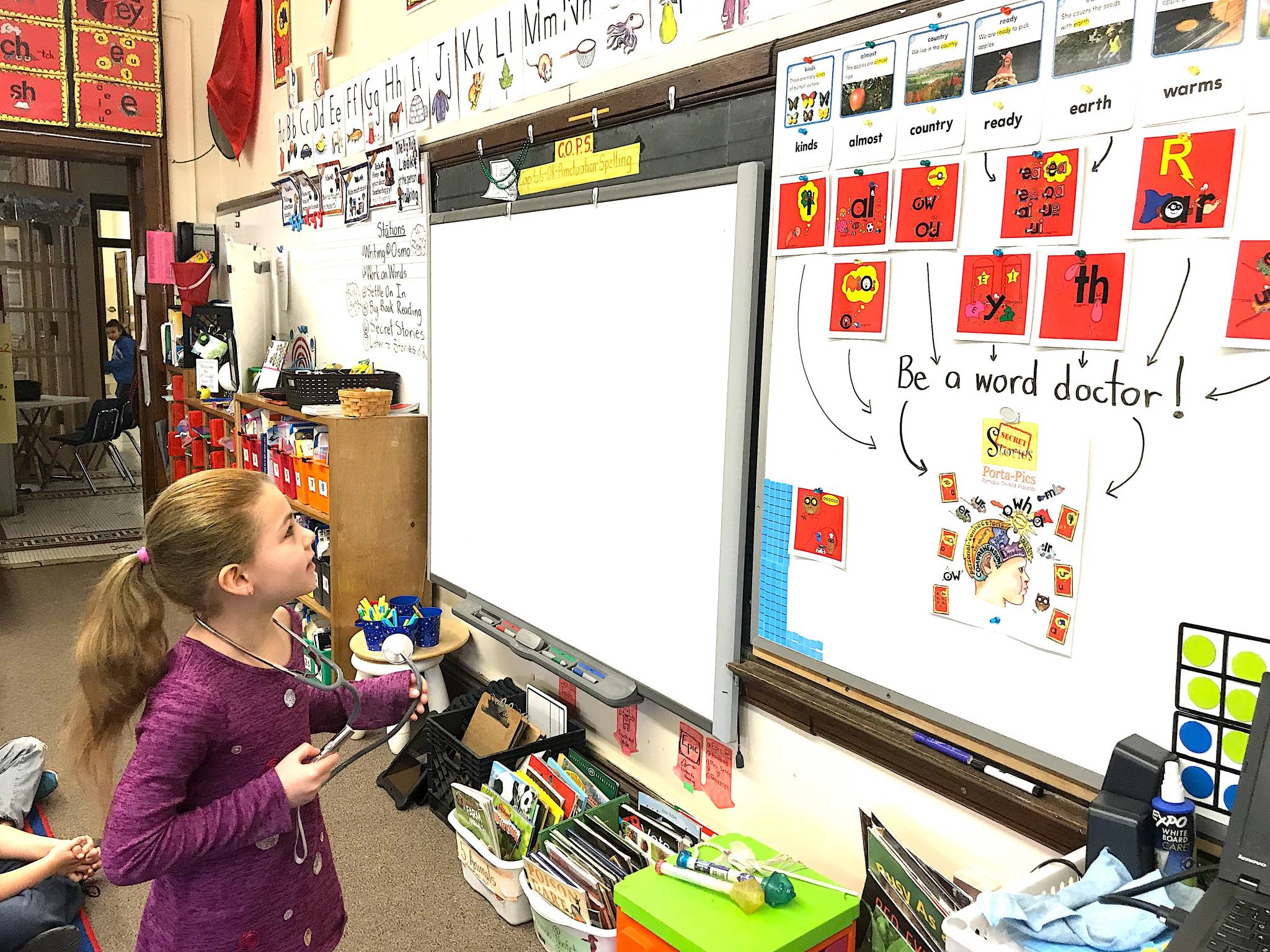

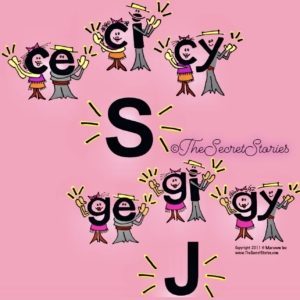
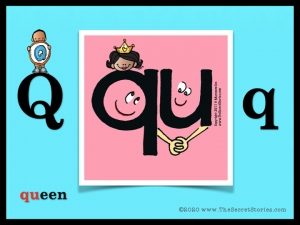
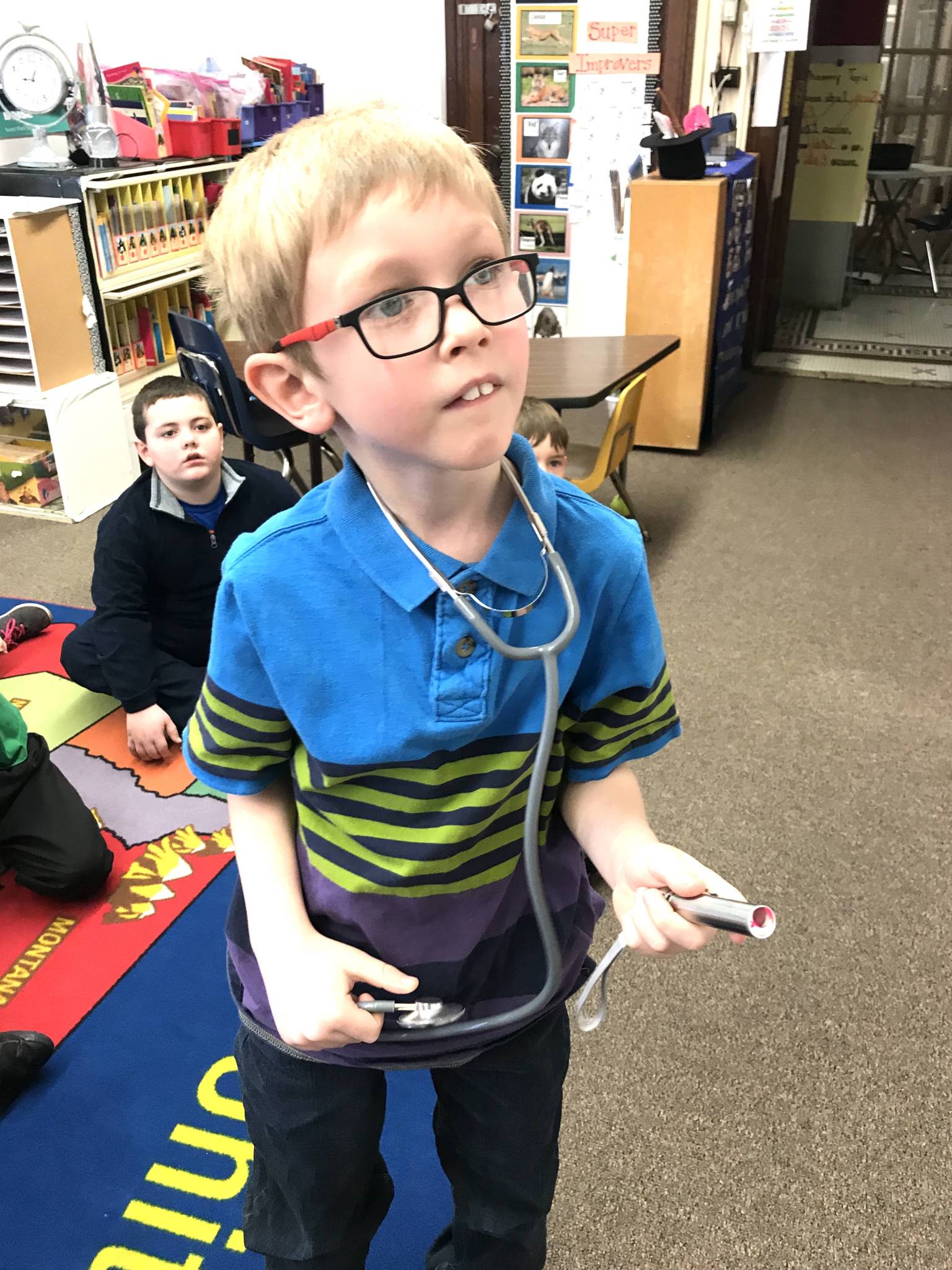
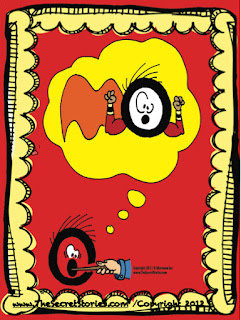

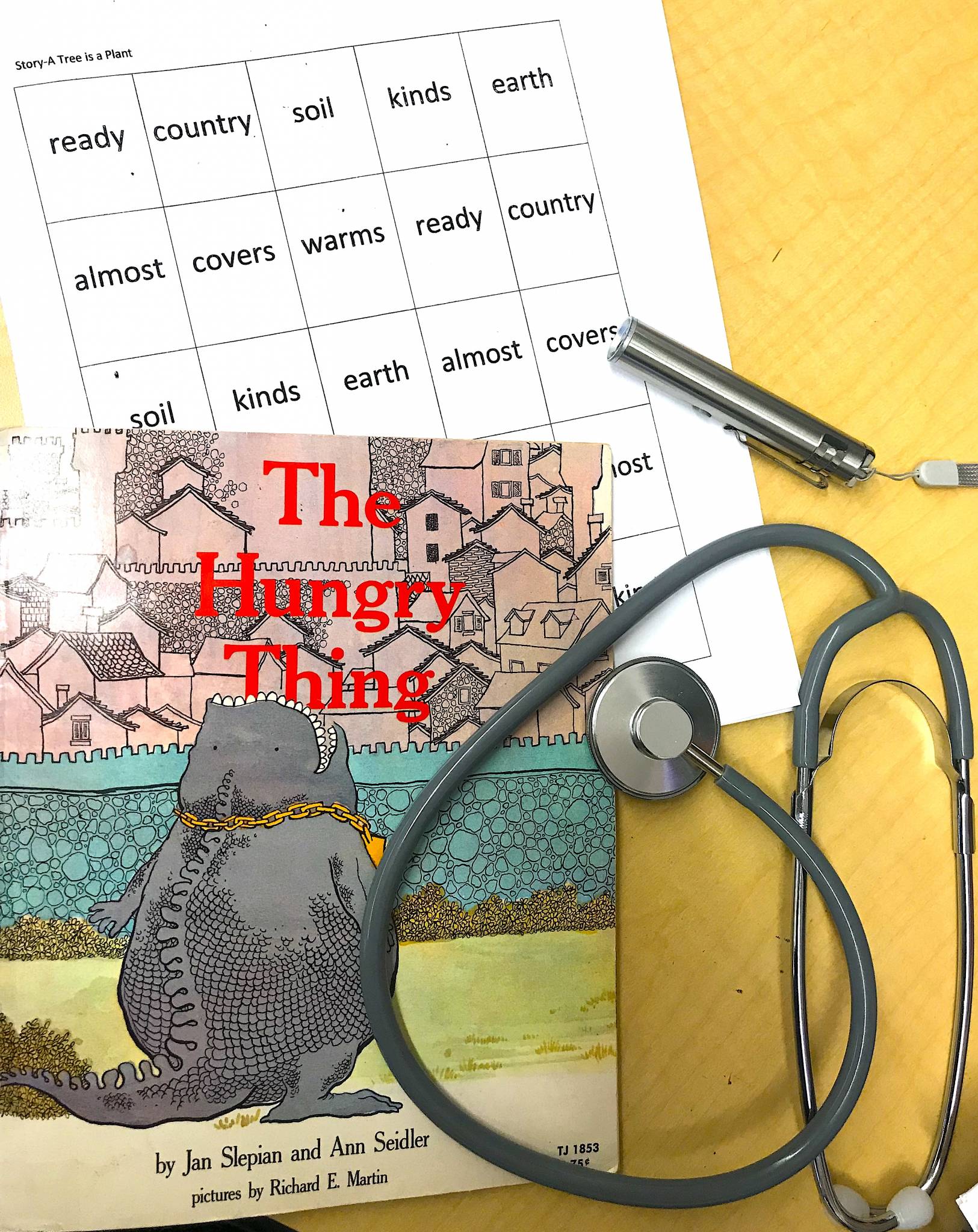

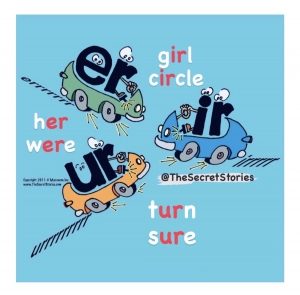
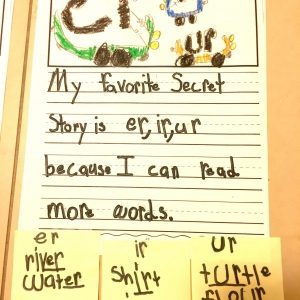
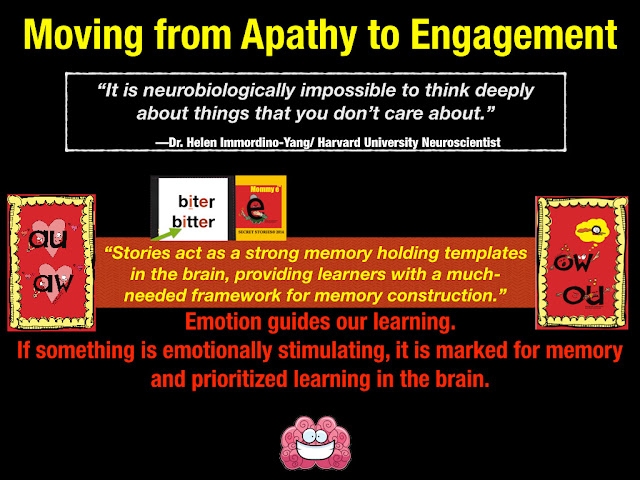


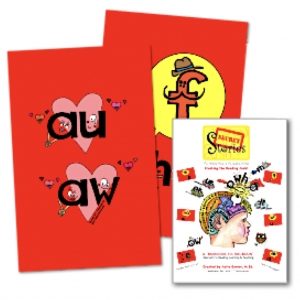
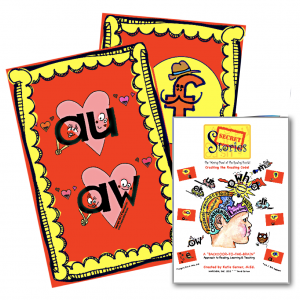
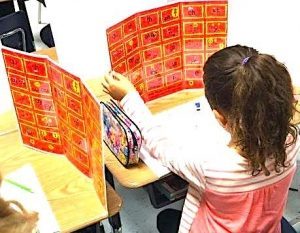

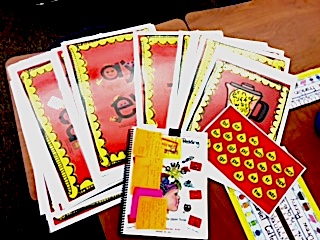
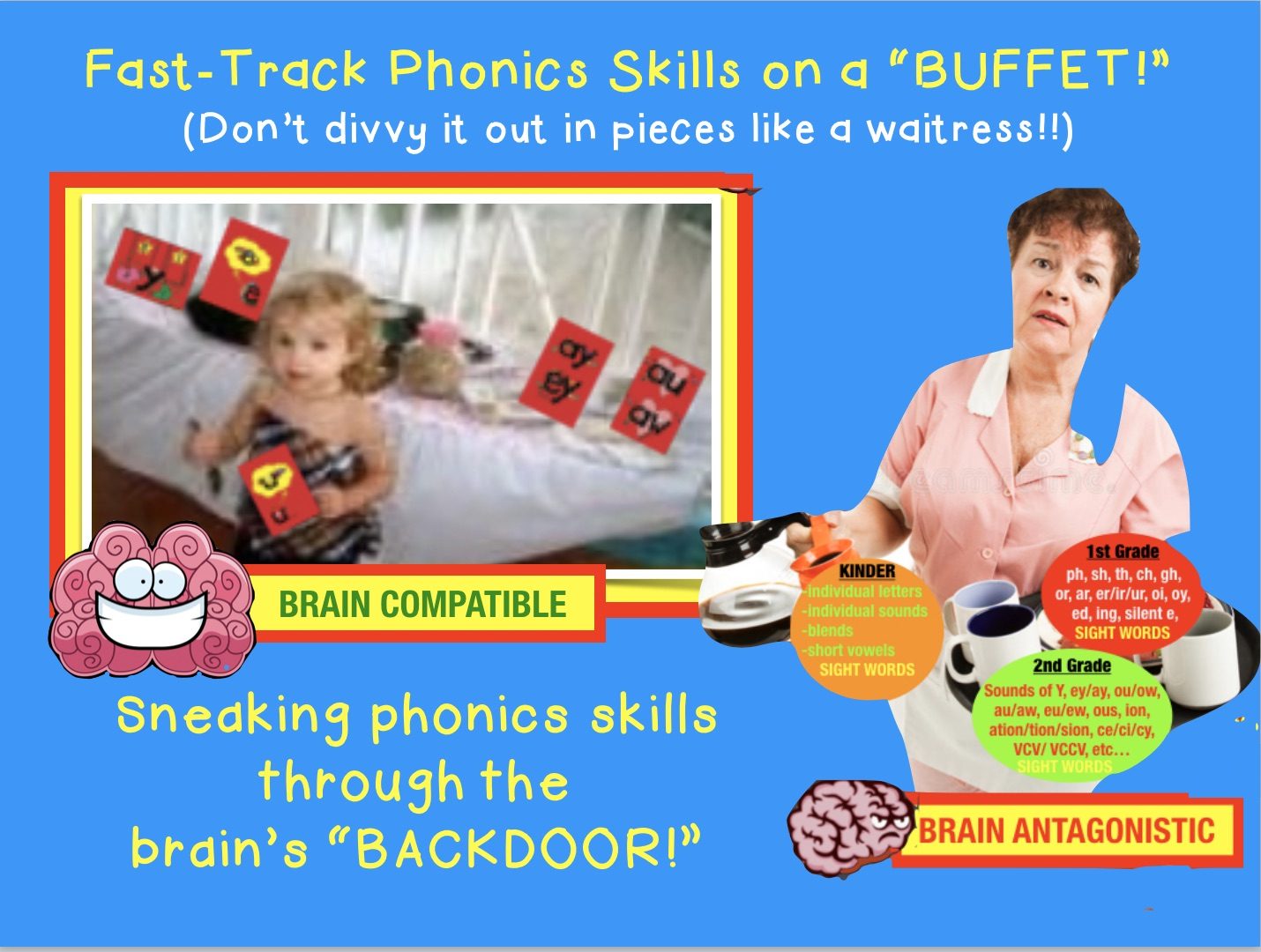
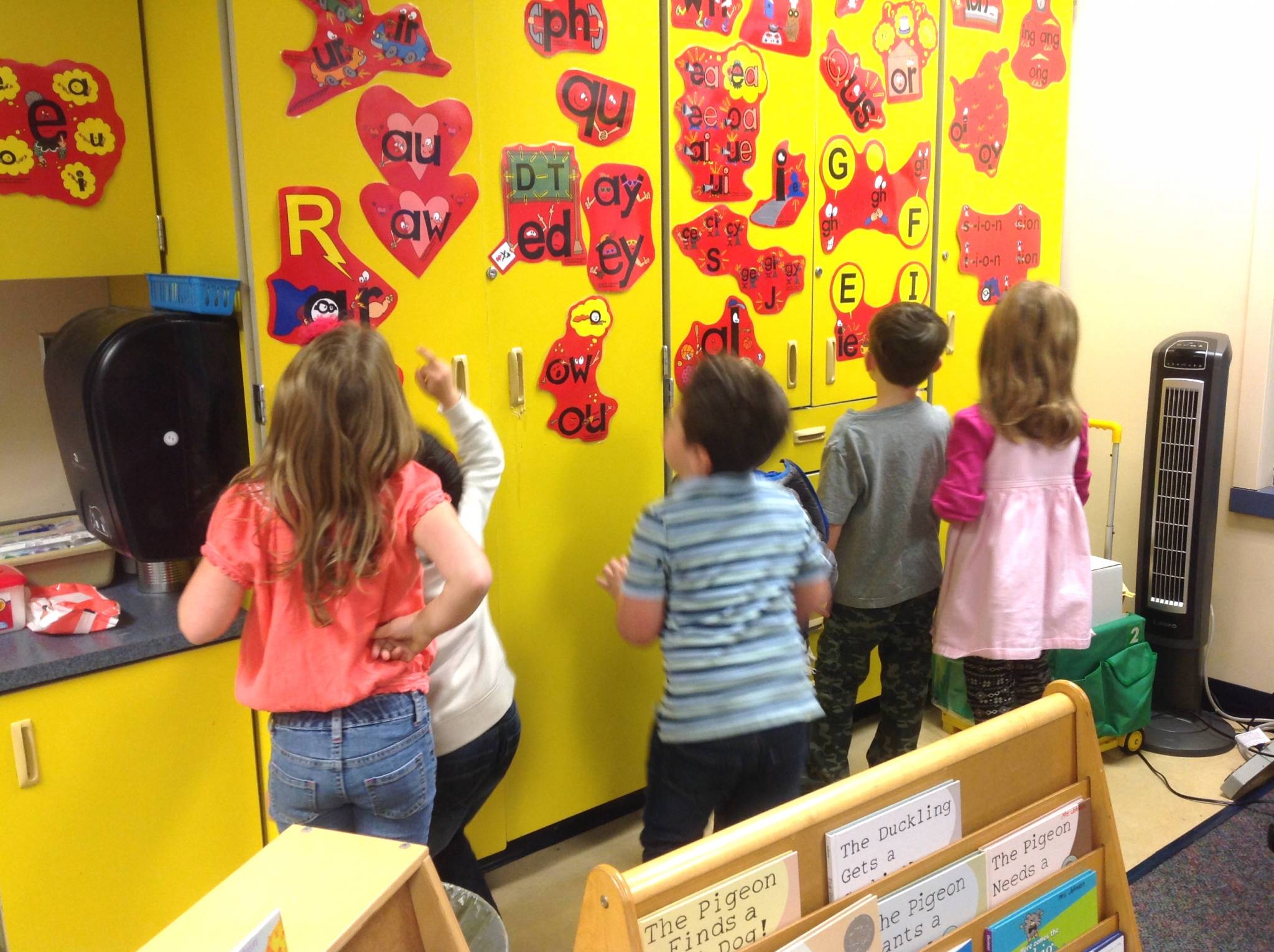
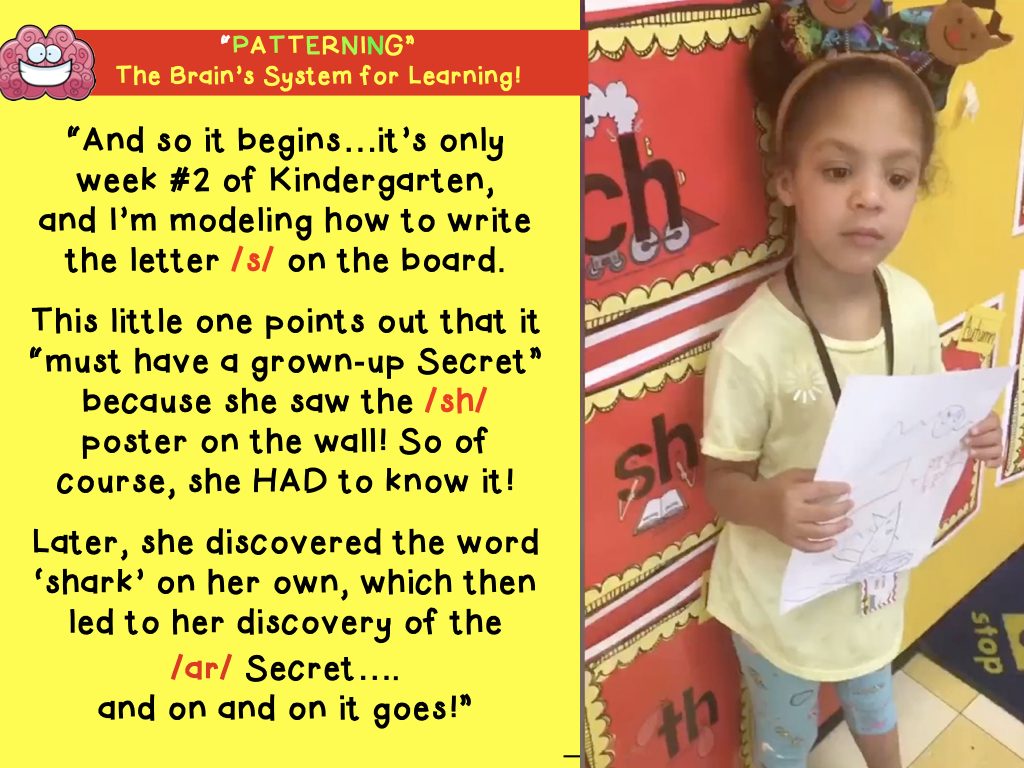
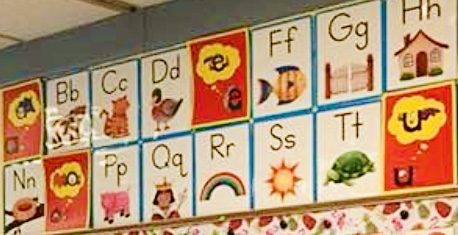
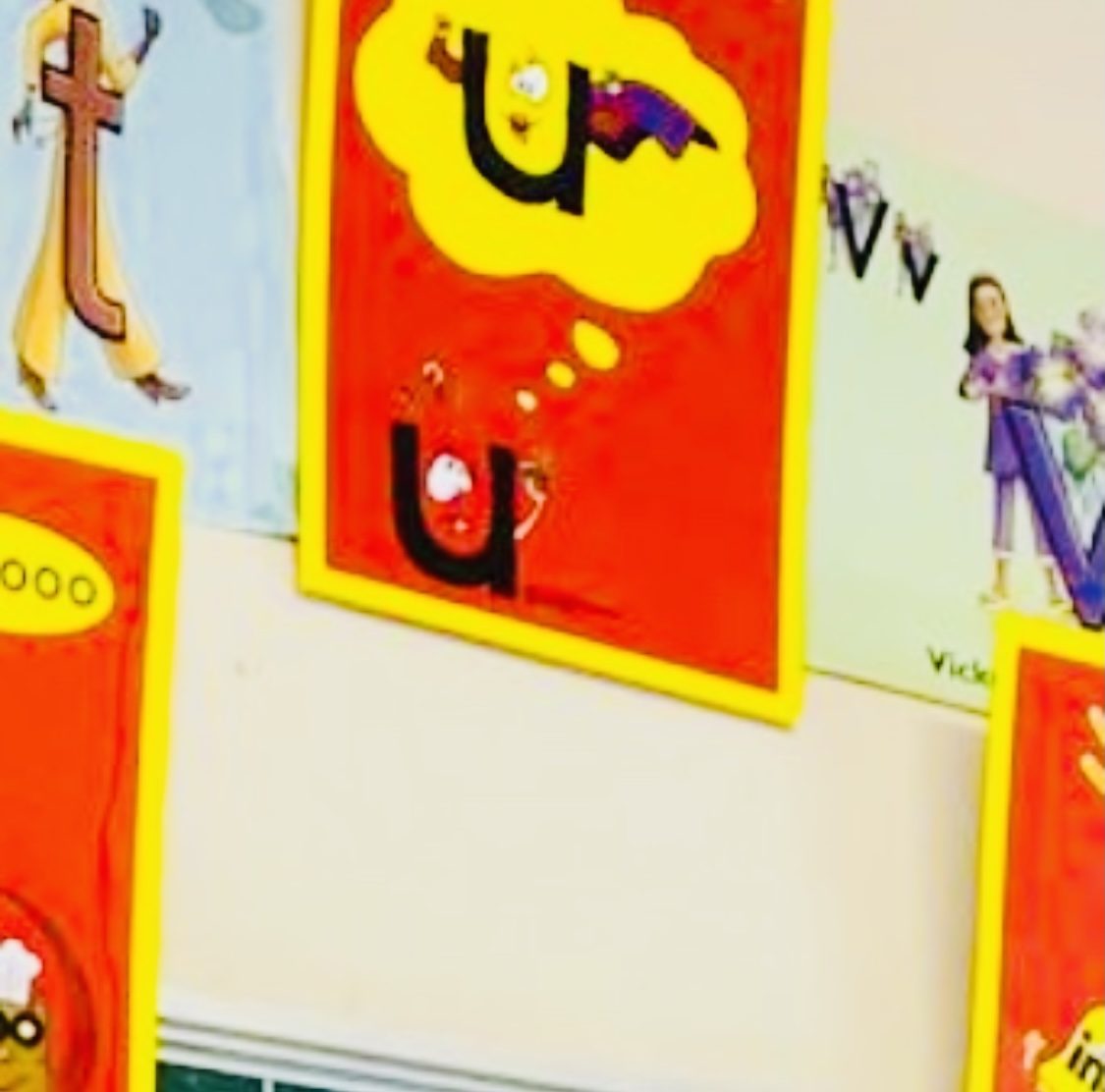
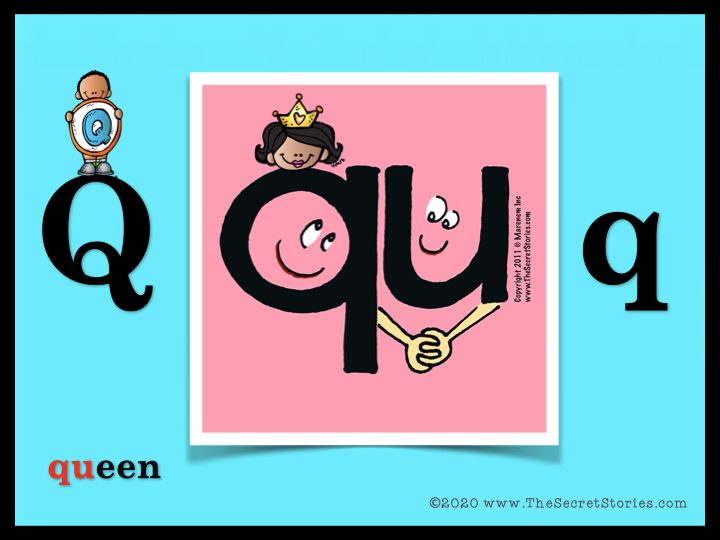

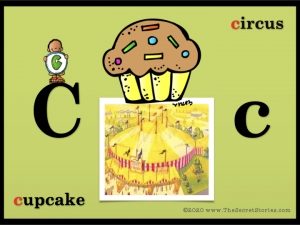
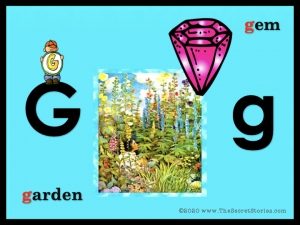
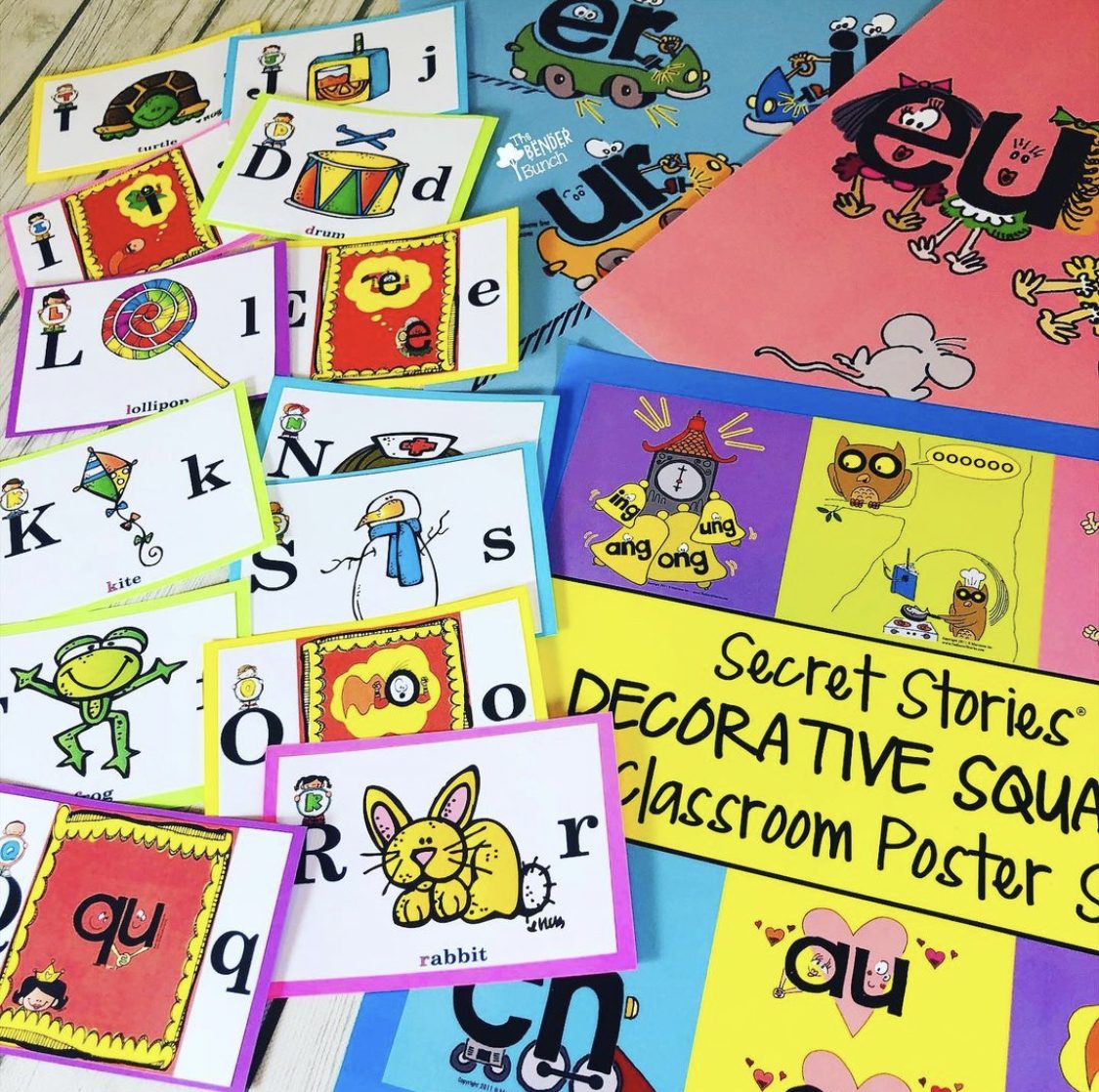
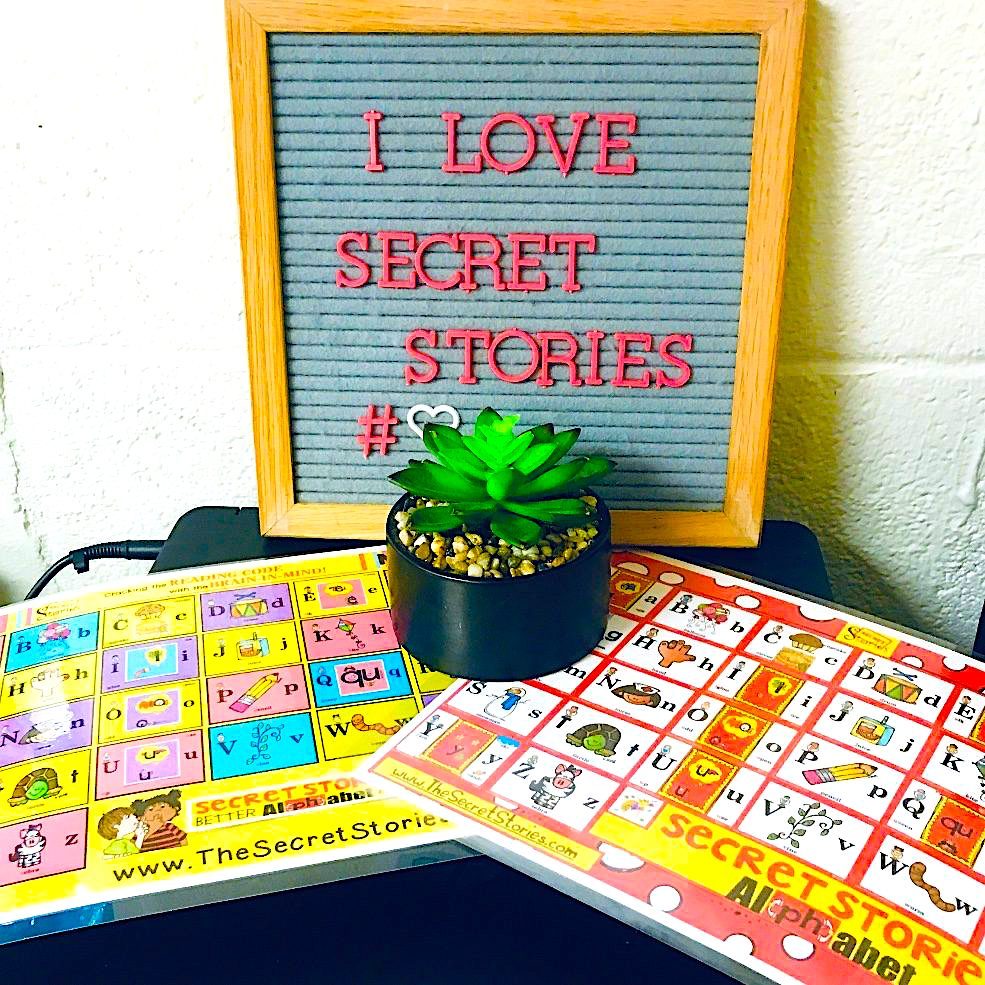

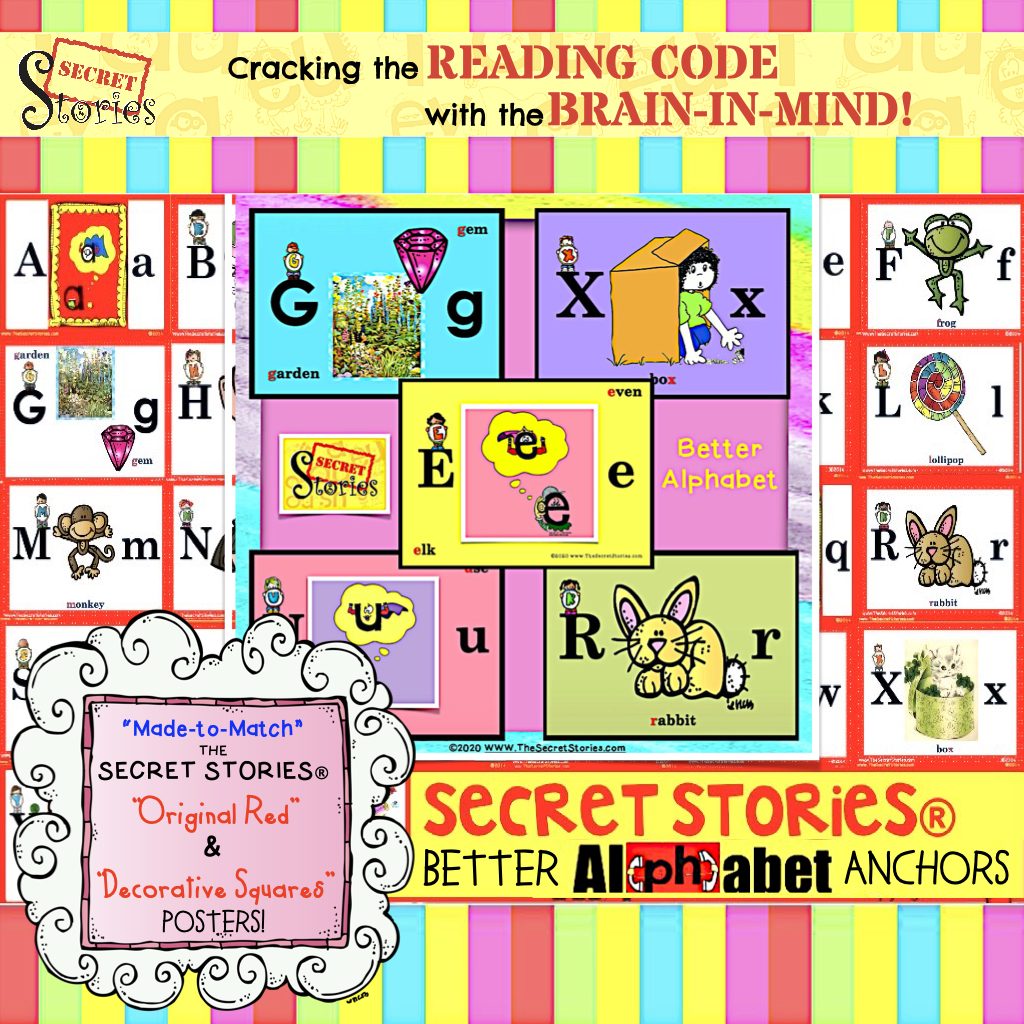
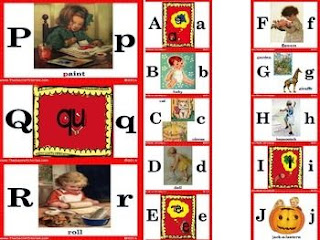
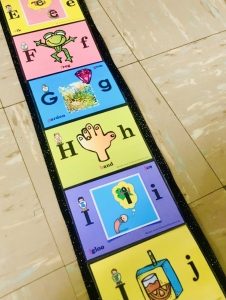
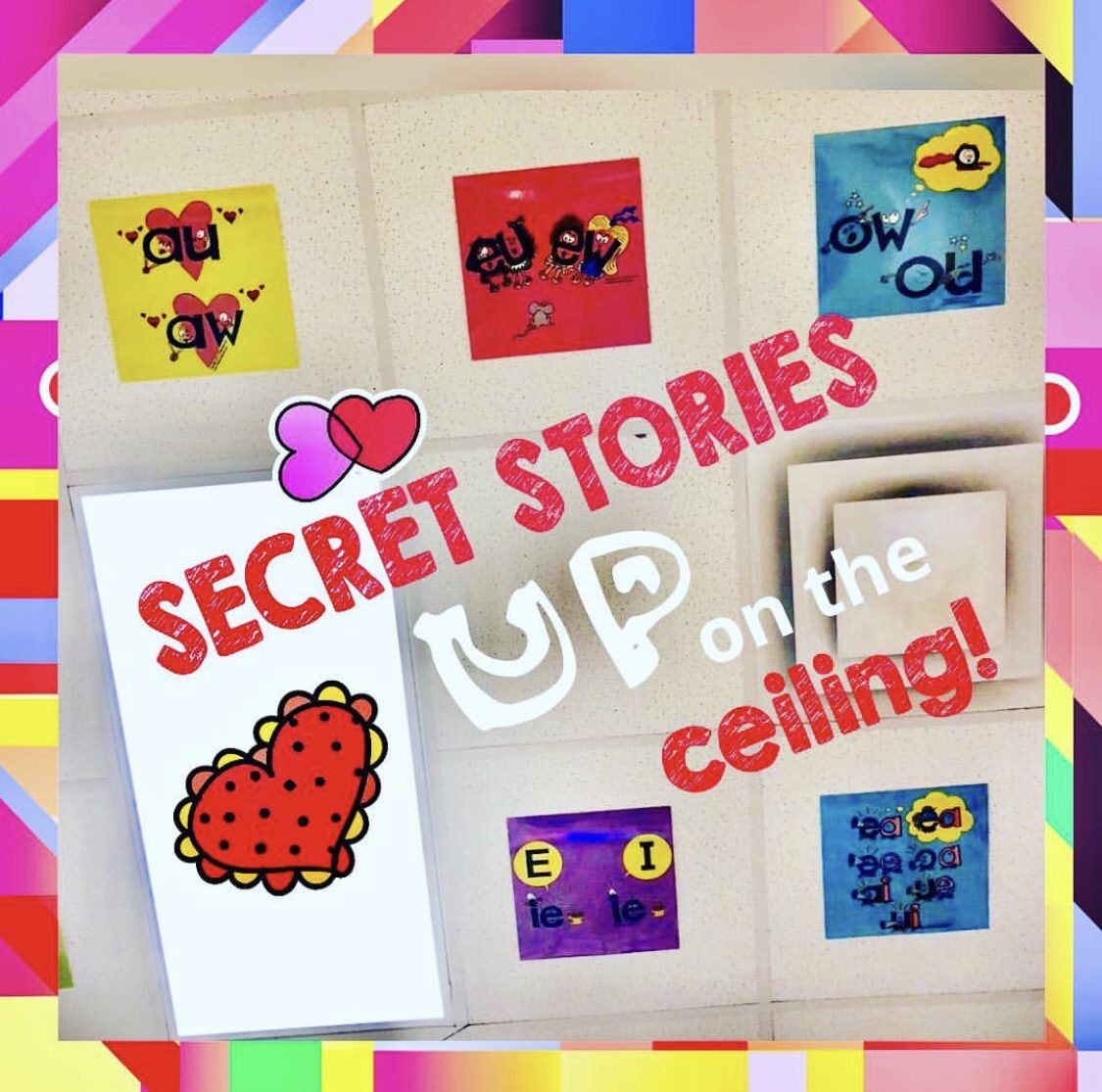

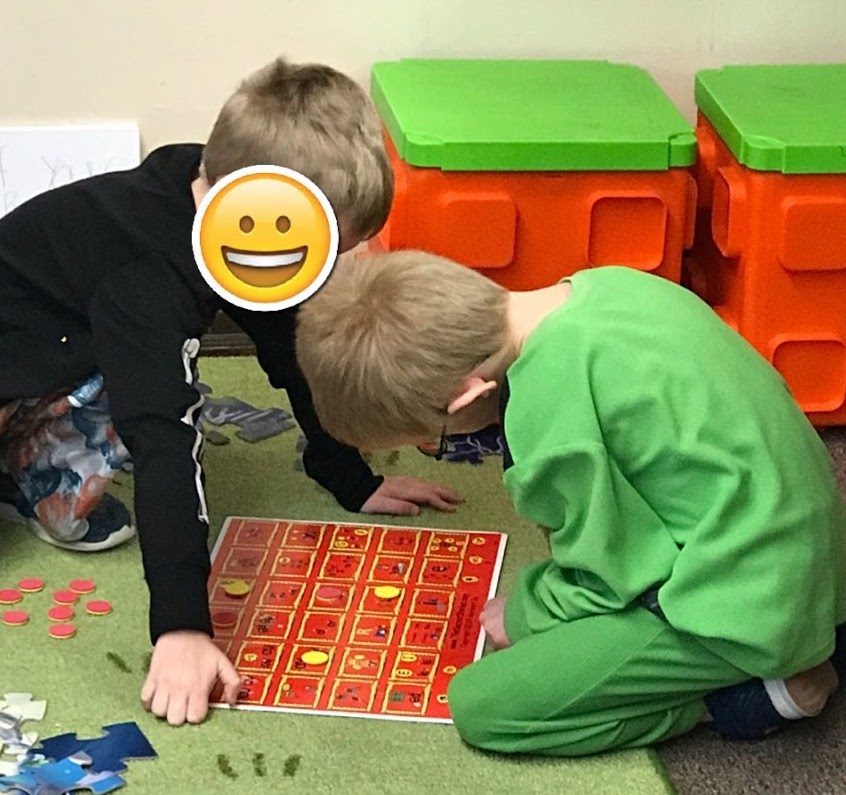
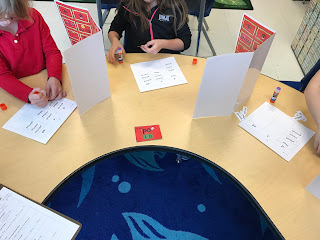
![SIGHT WORDS AND PHONICS]](https://www.thesecretstories.com/wp-content/uploads/2020/05/space-saver-placards.jpg)
